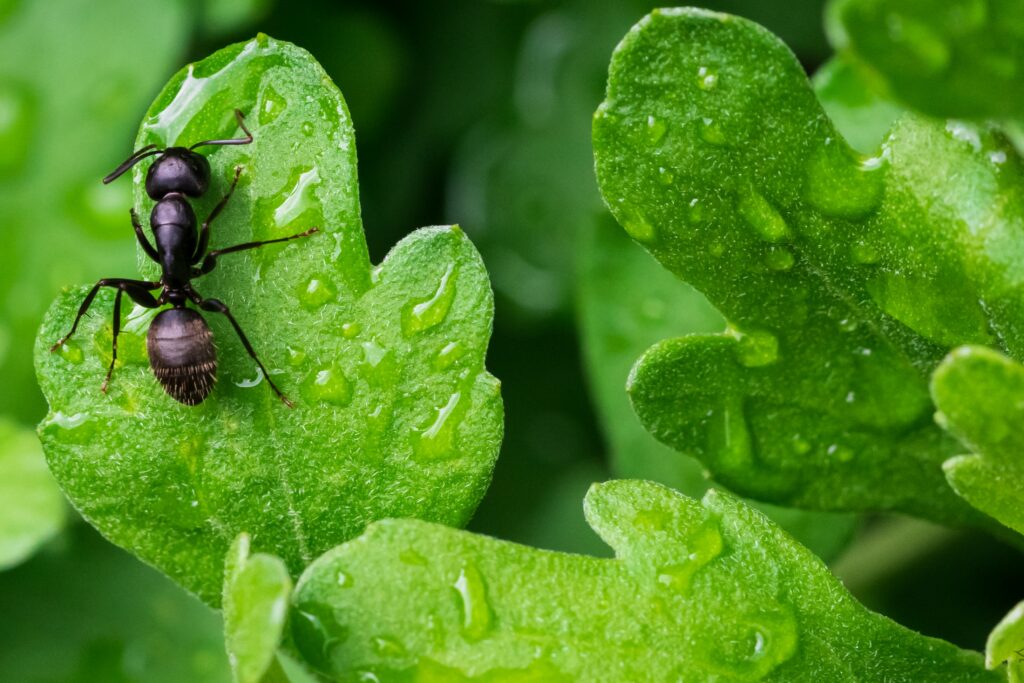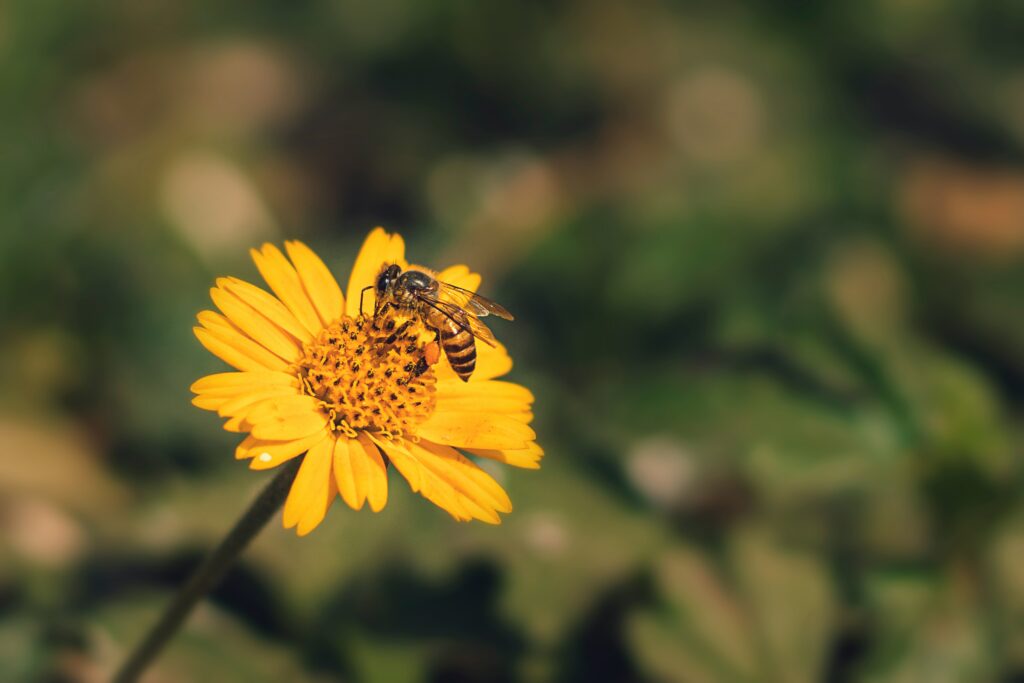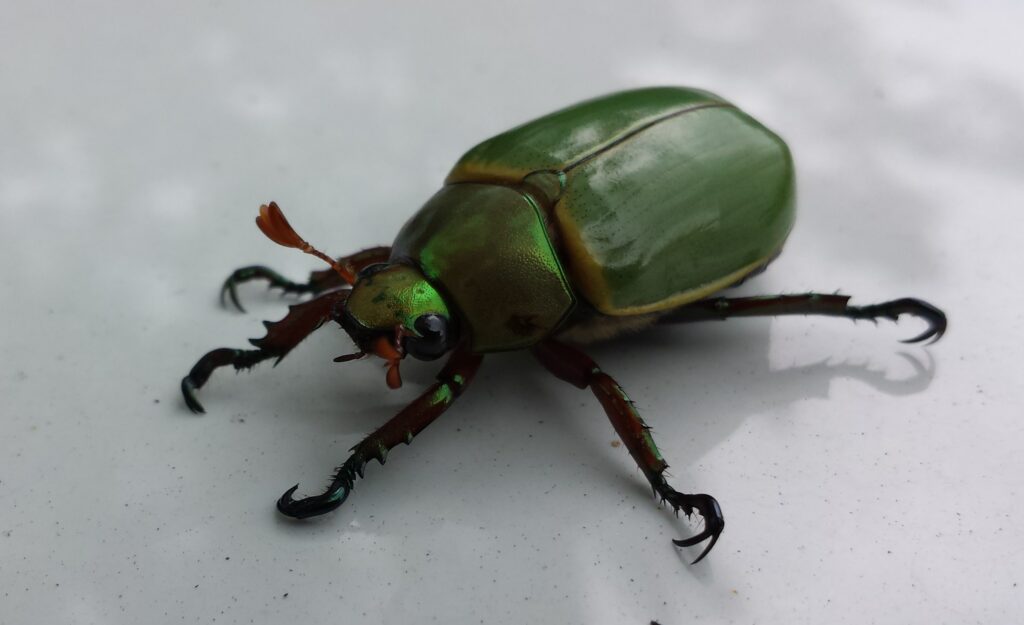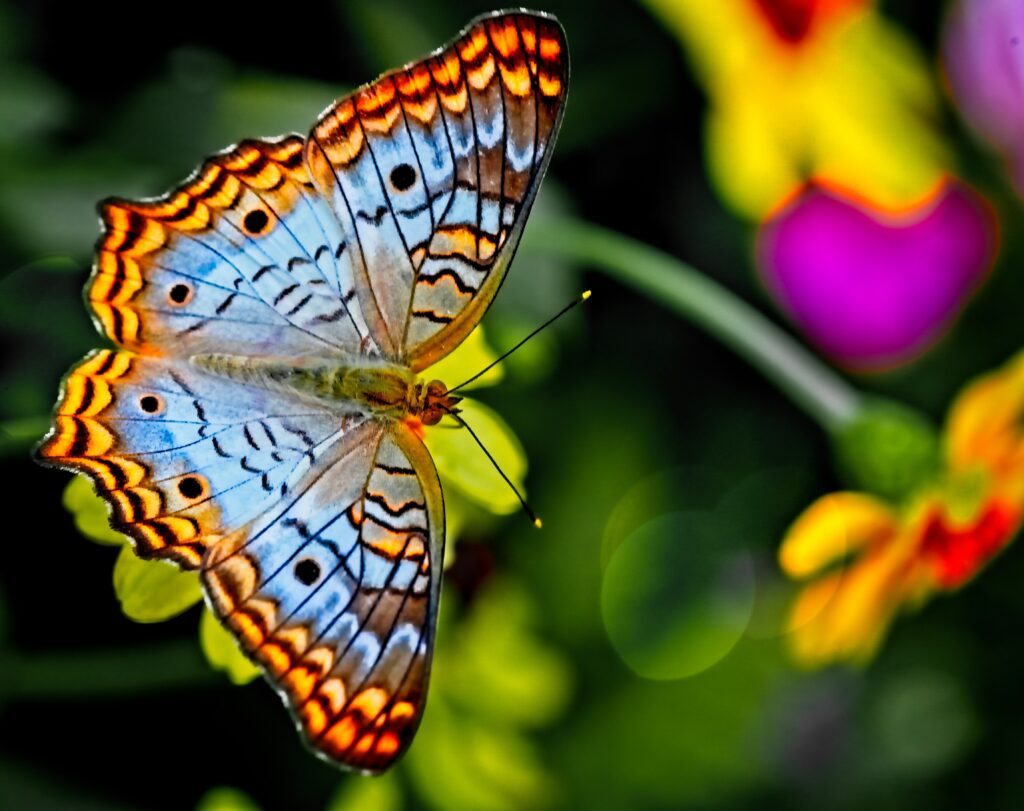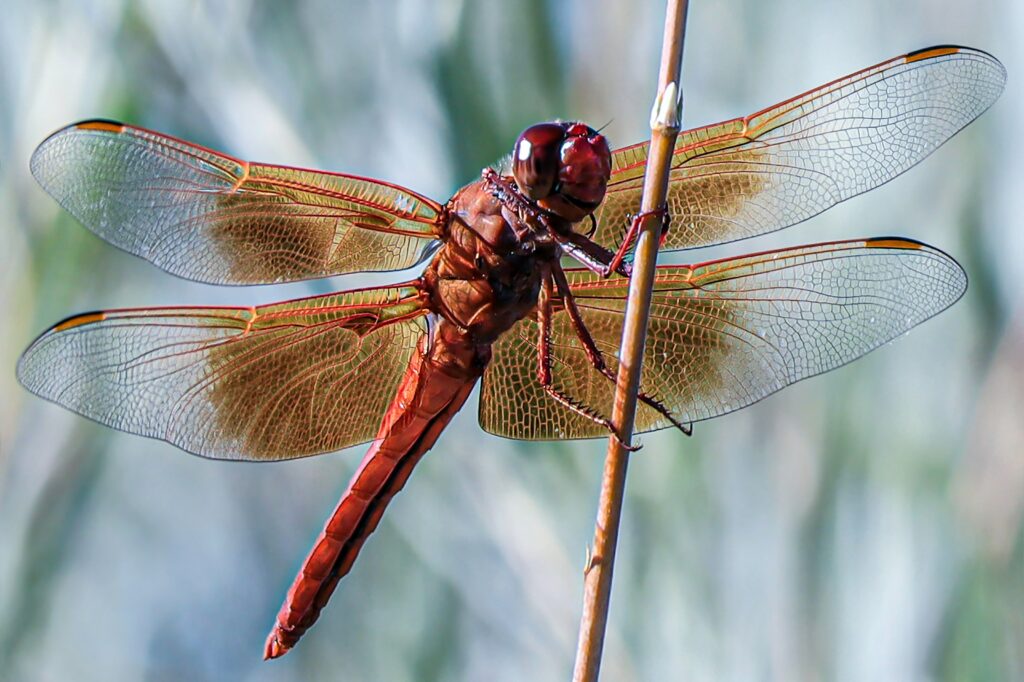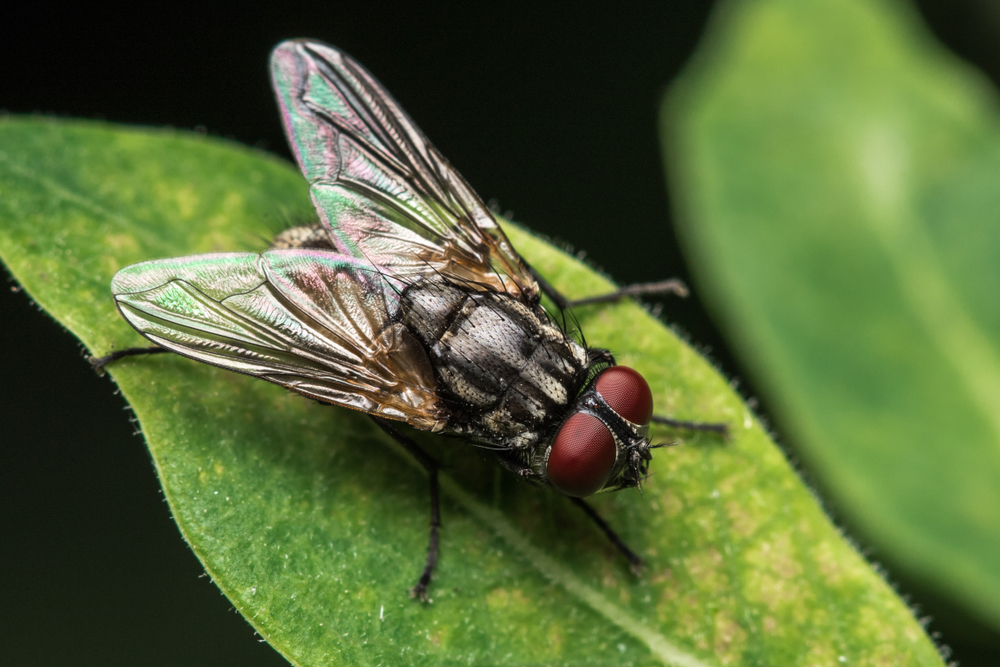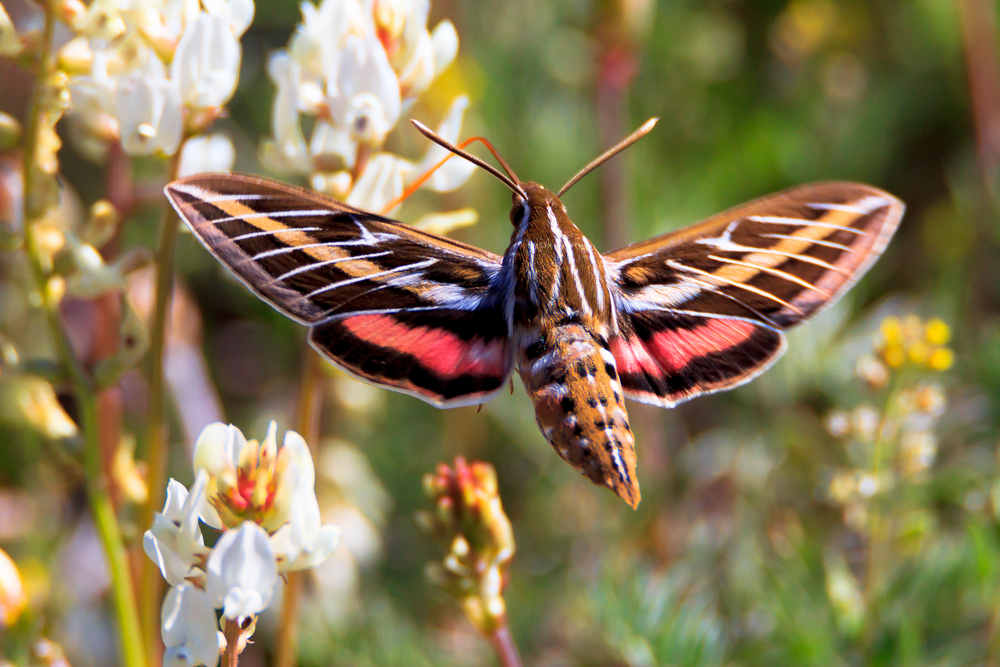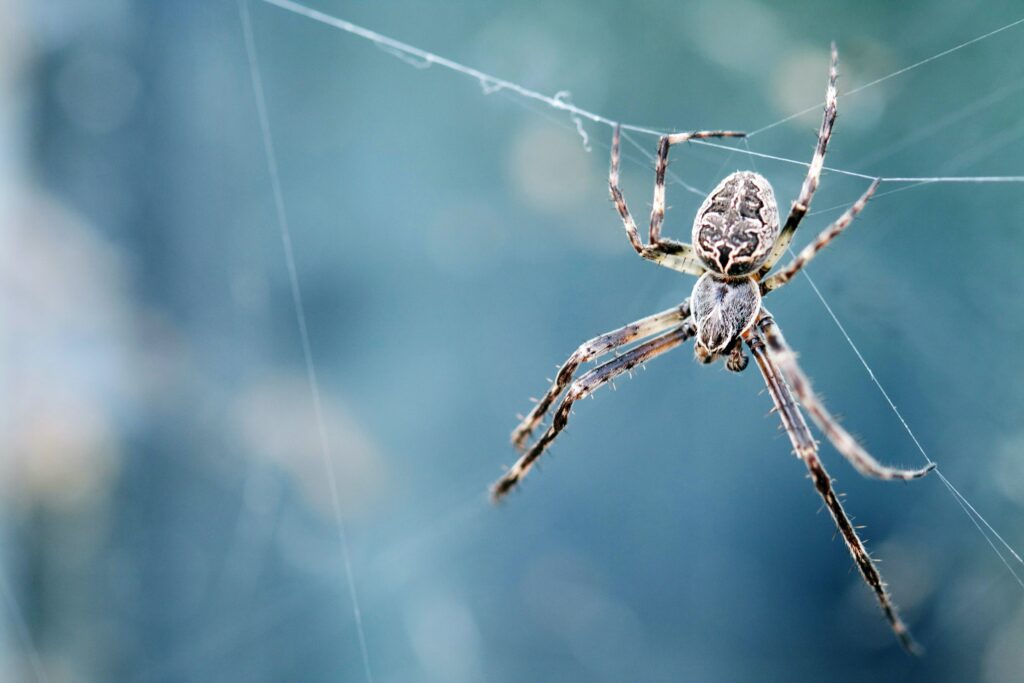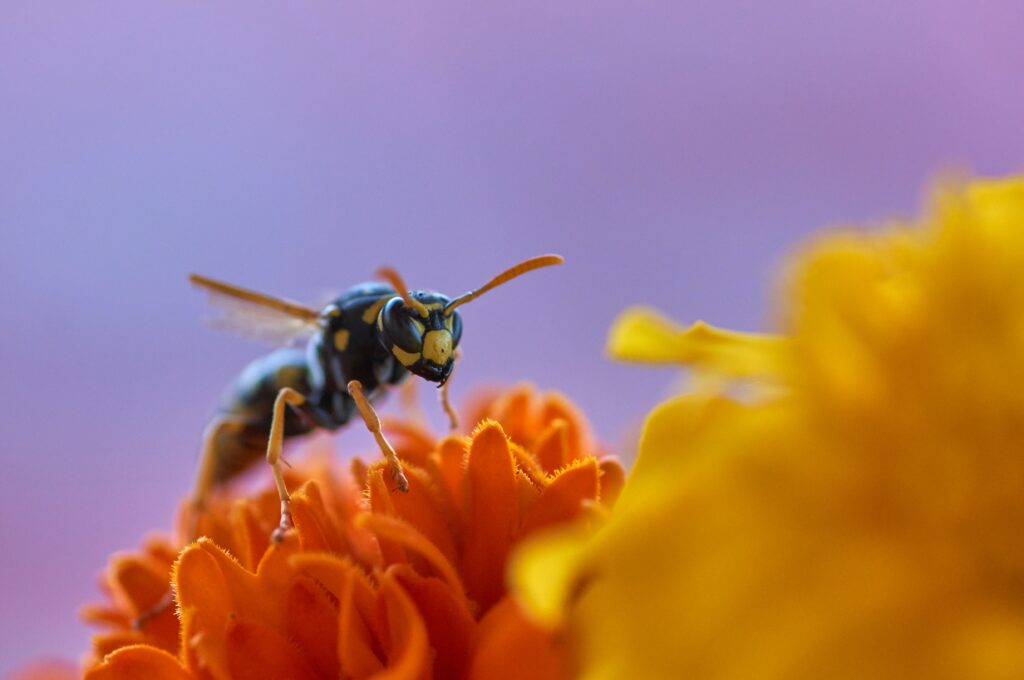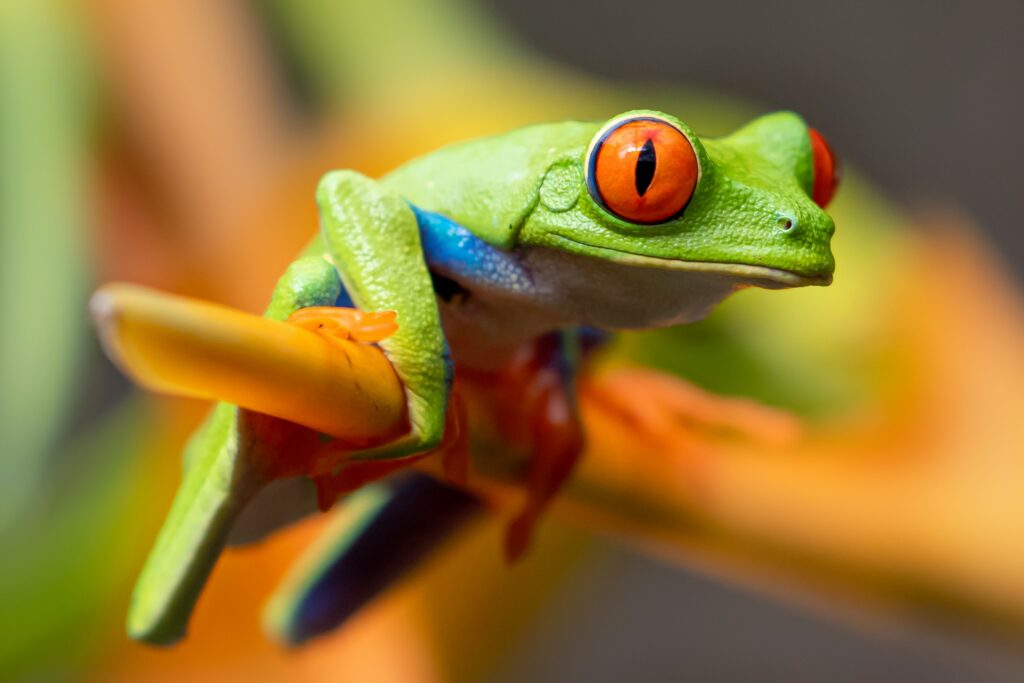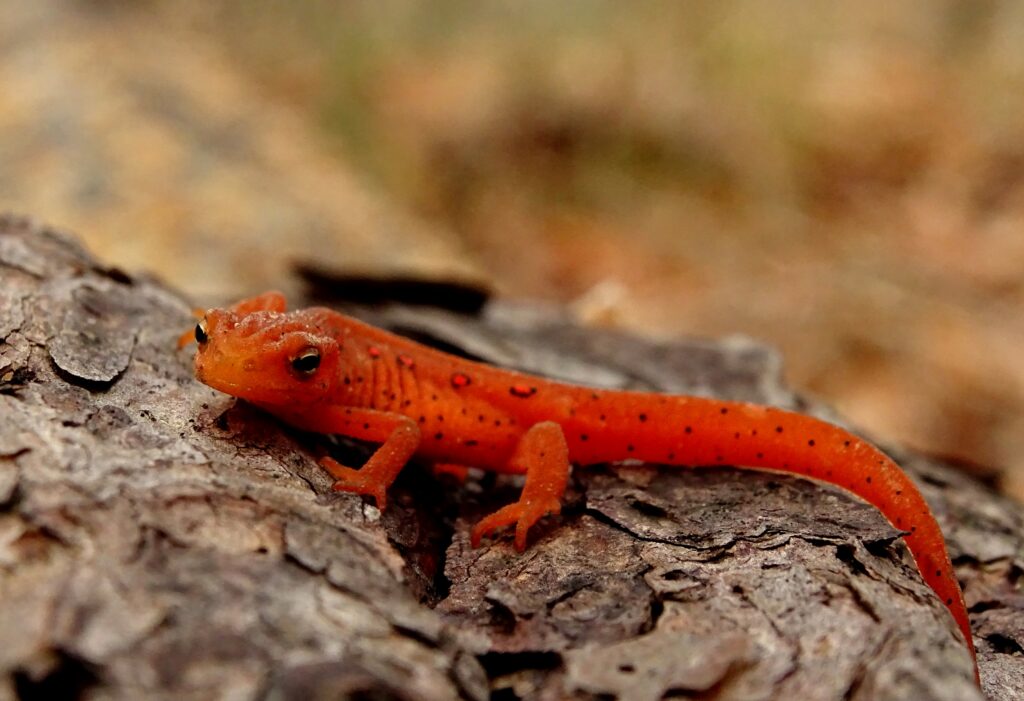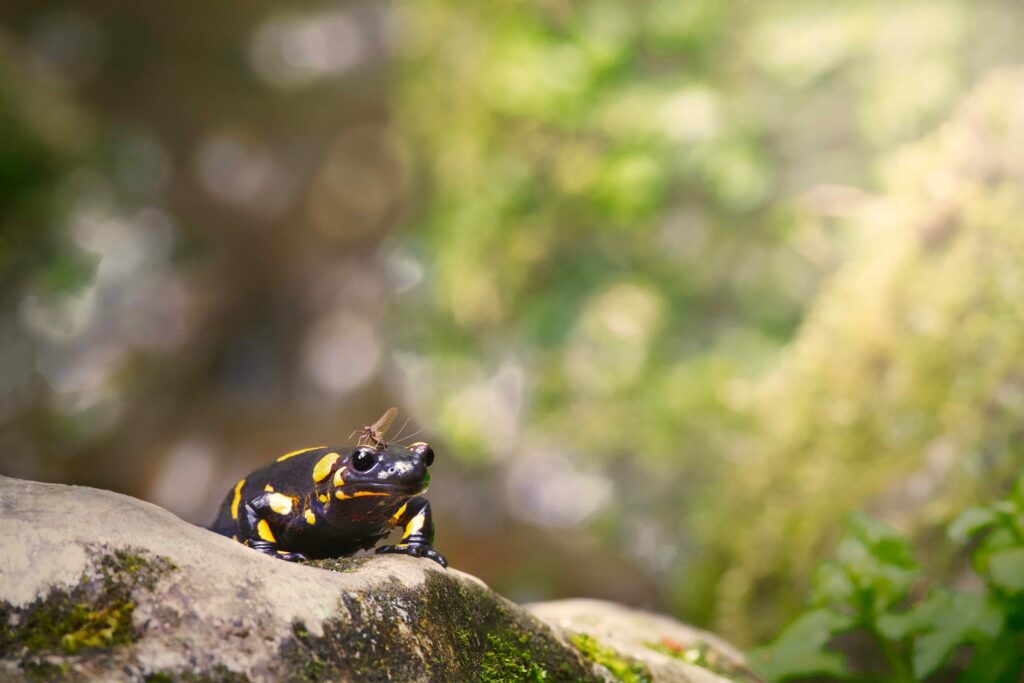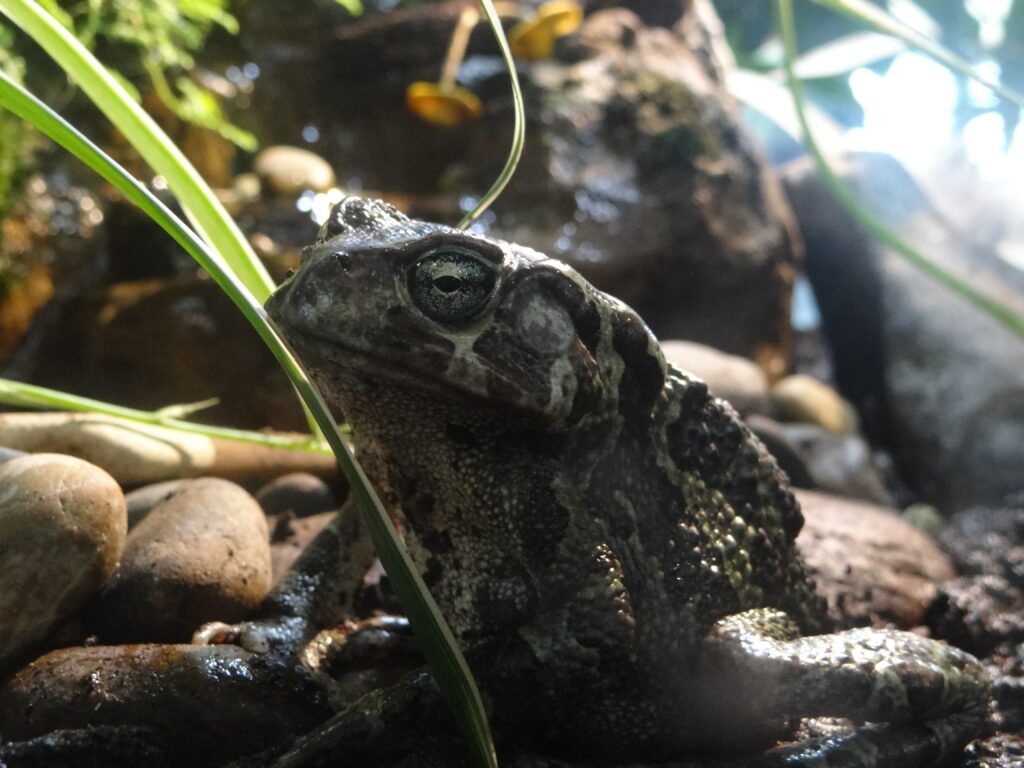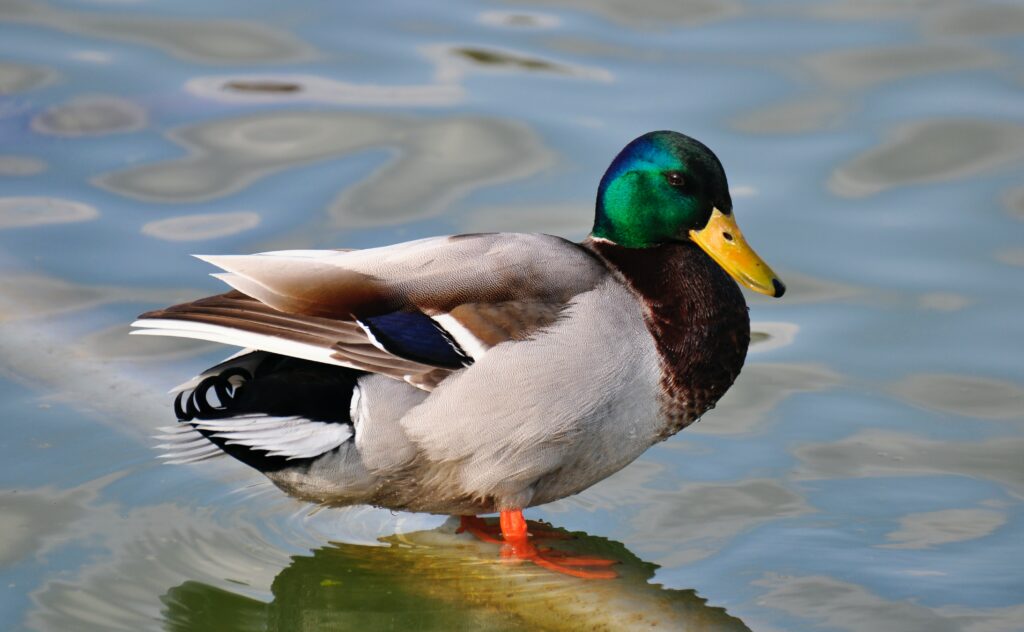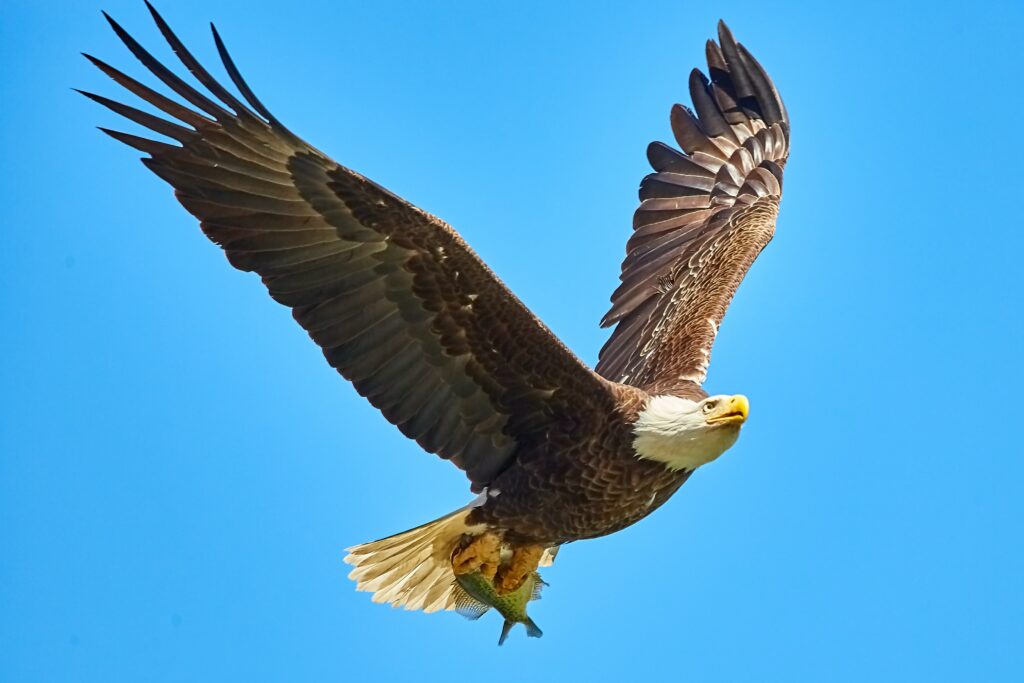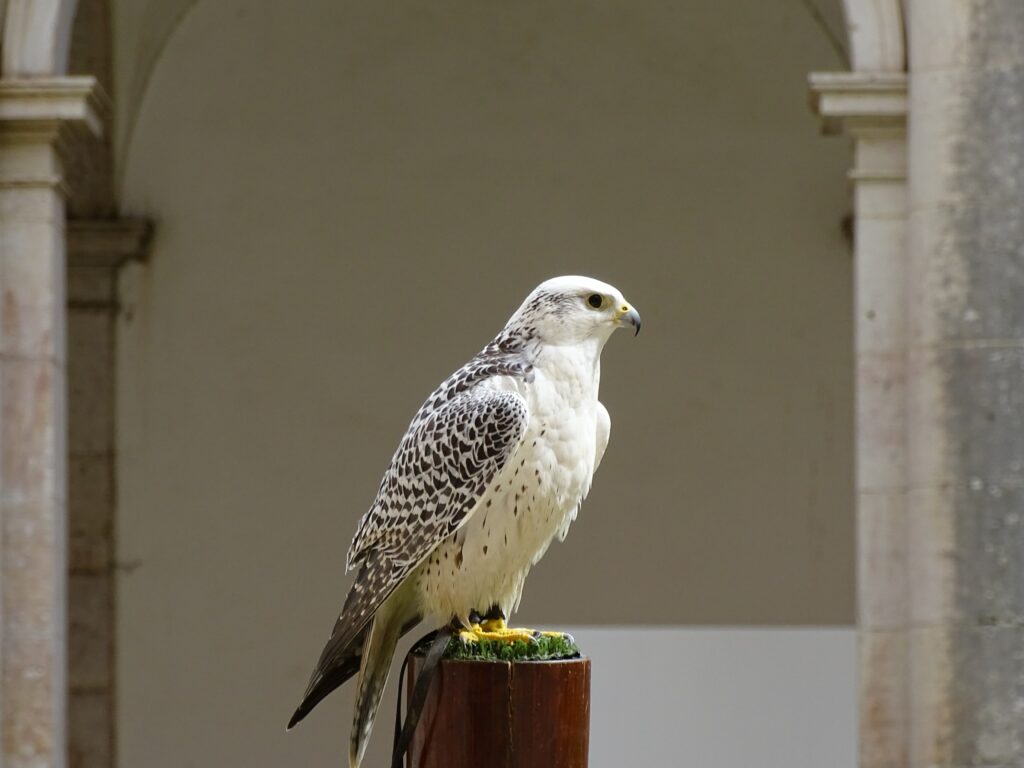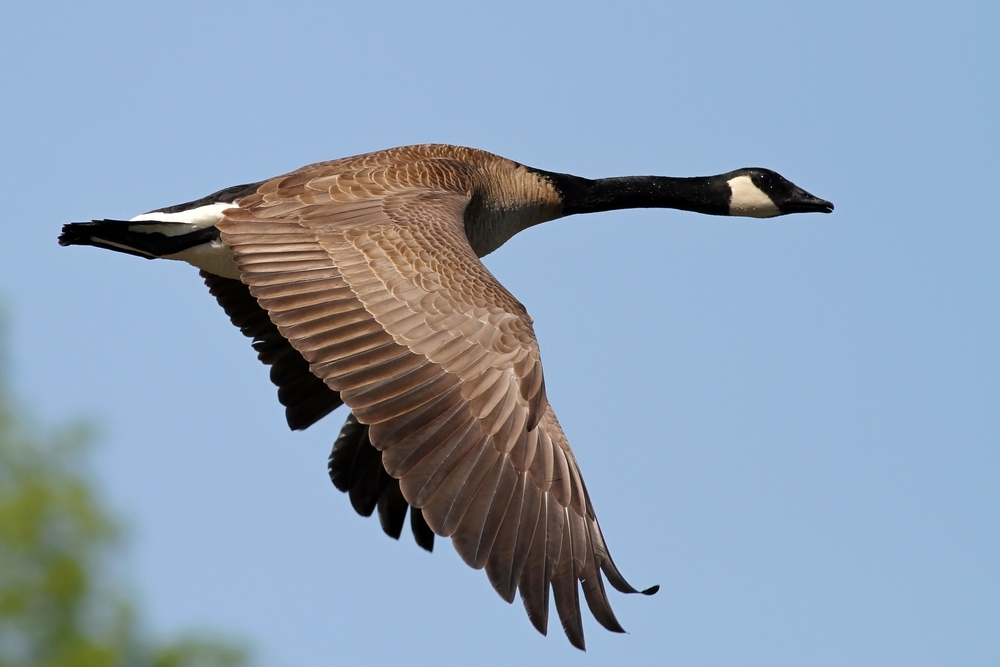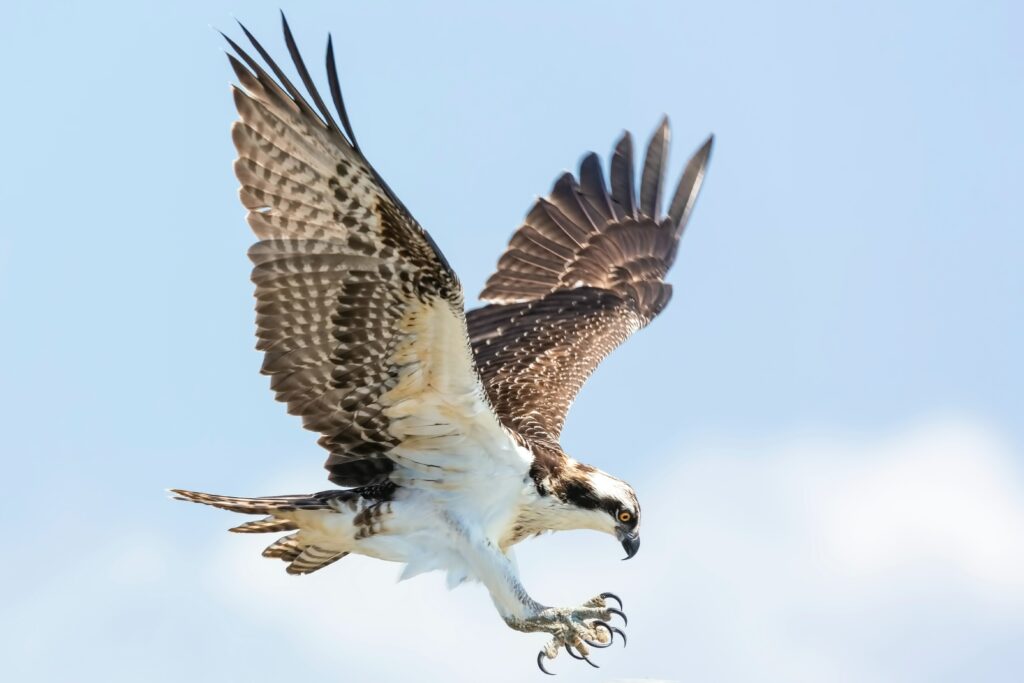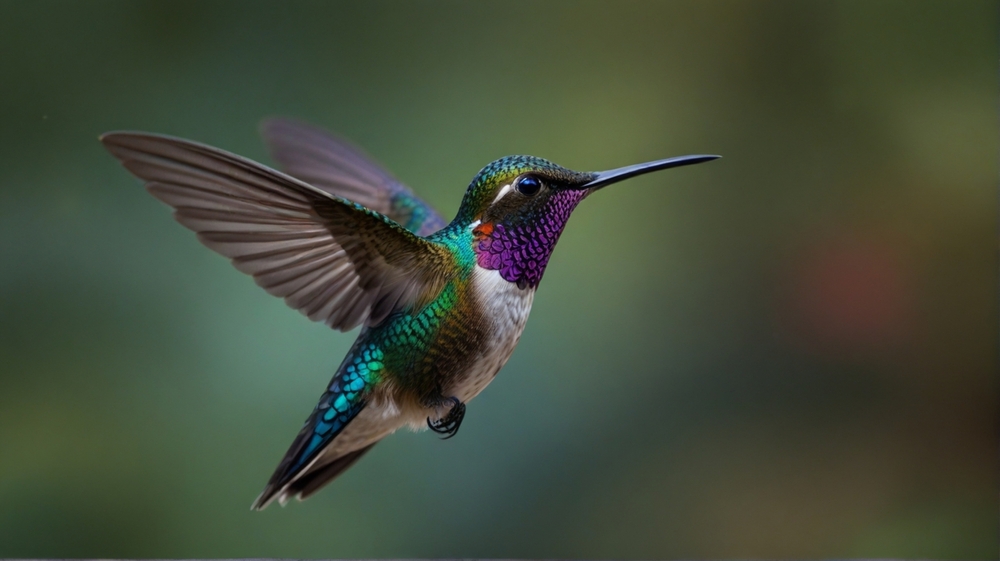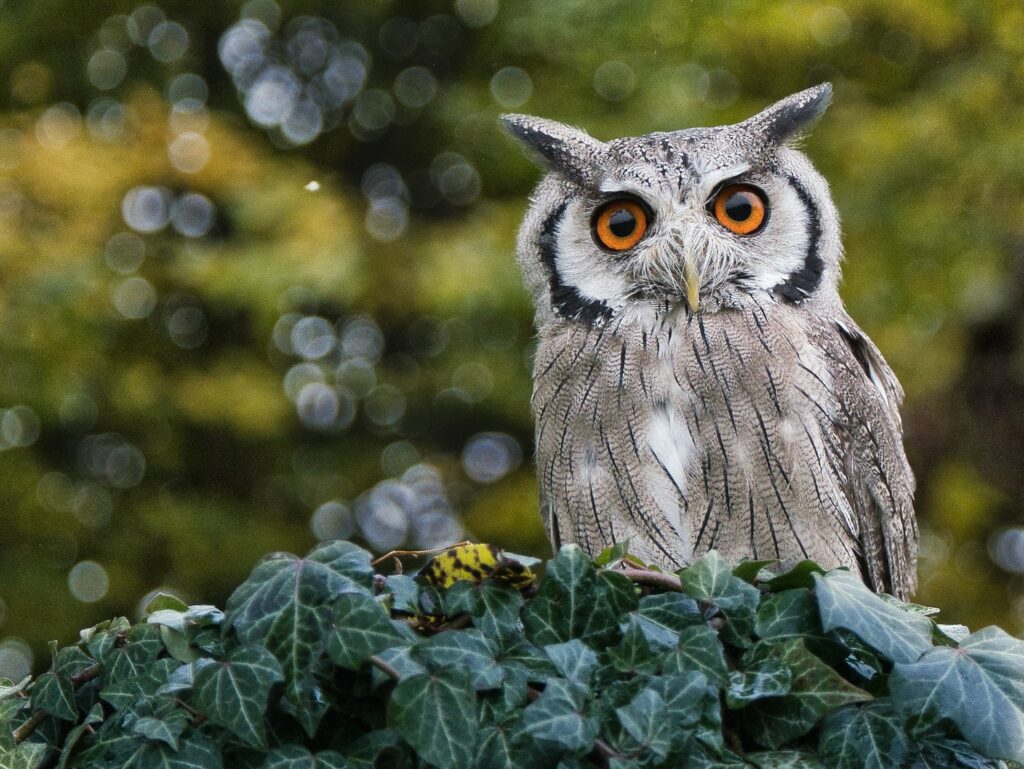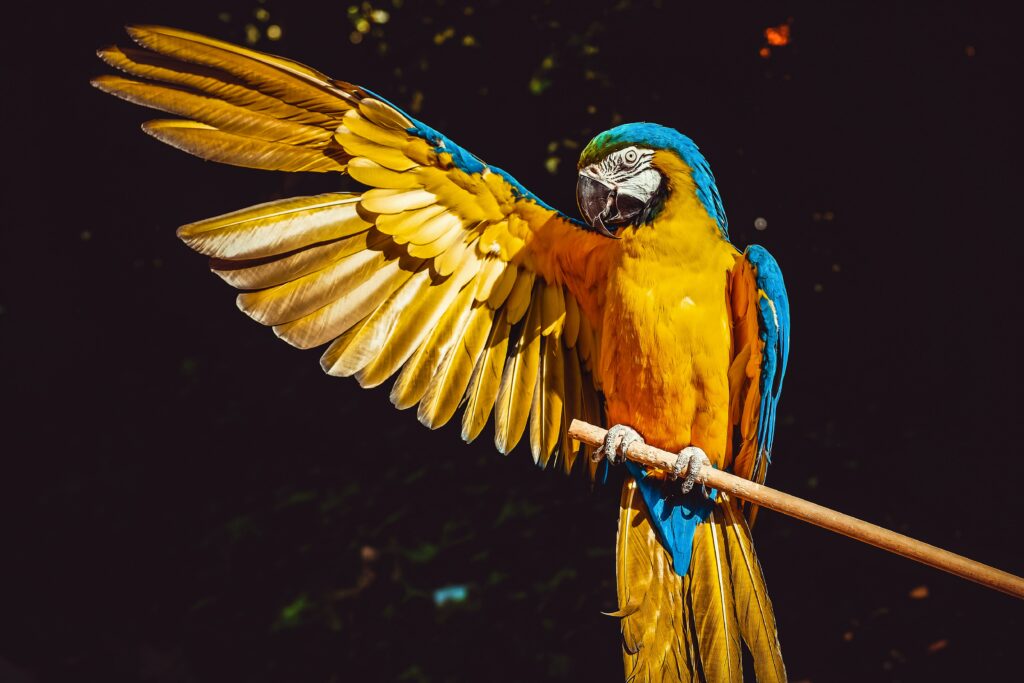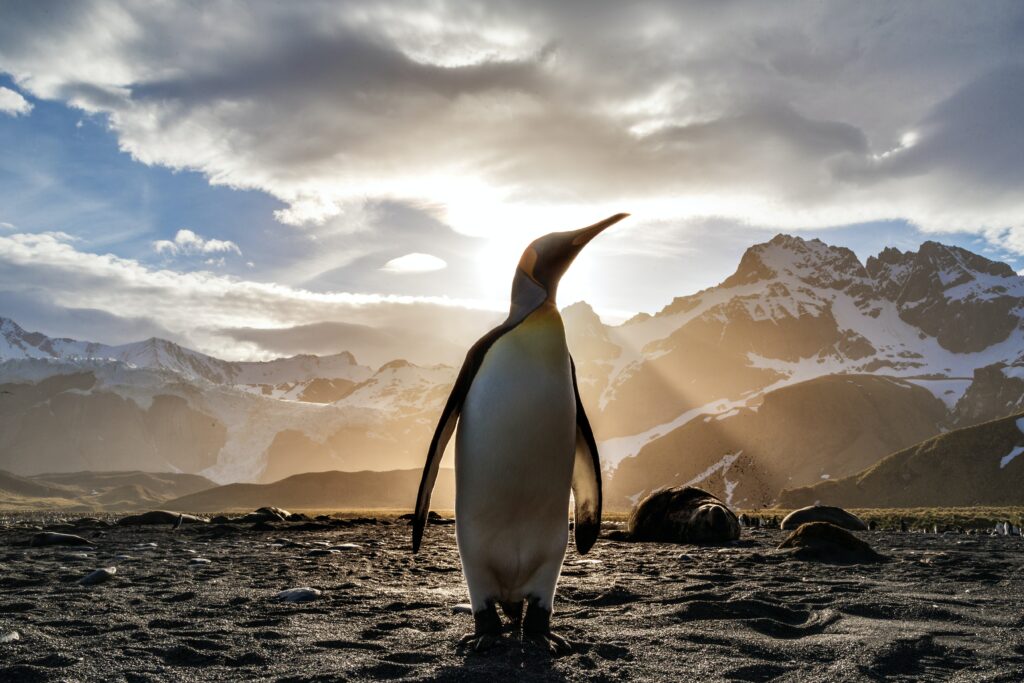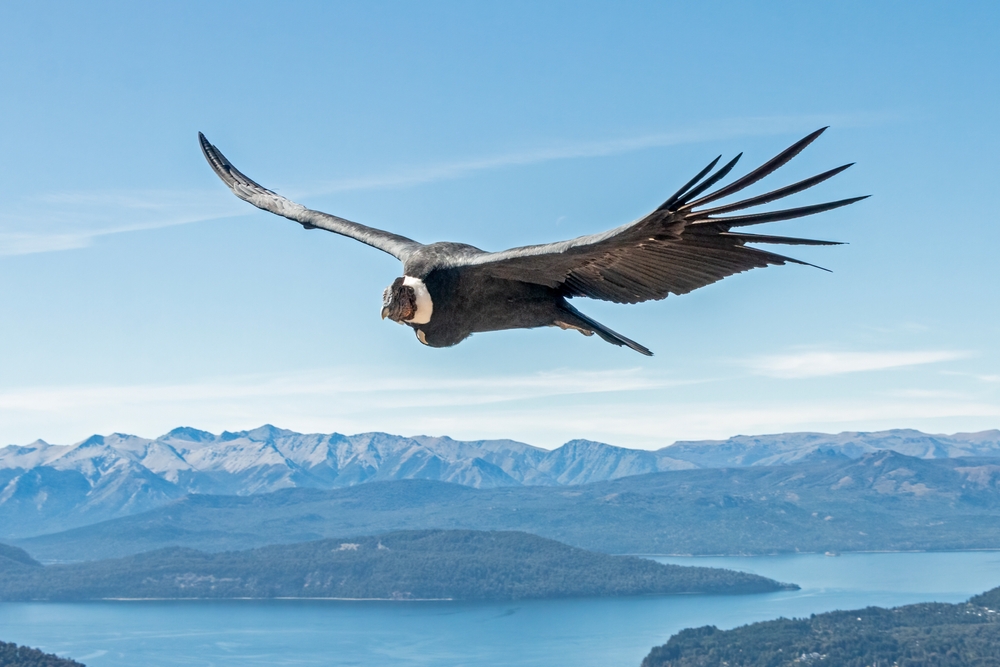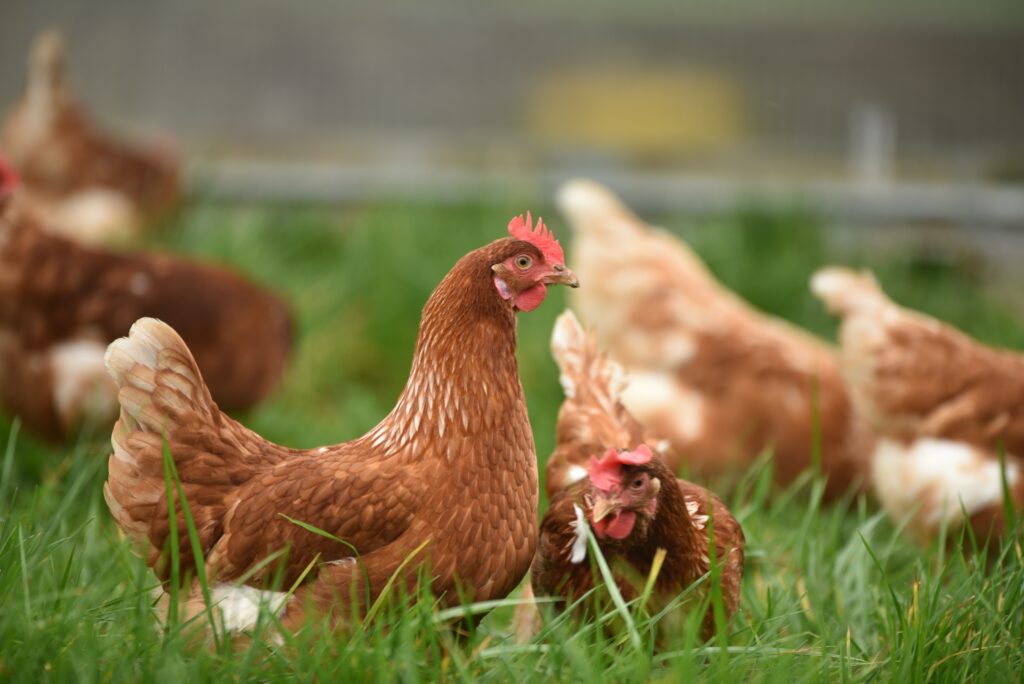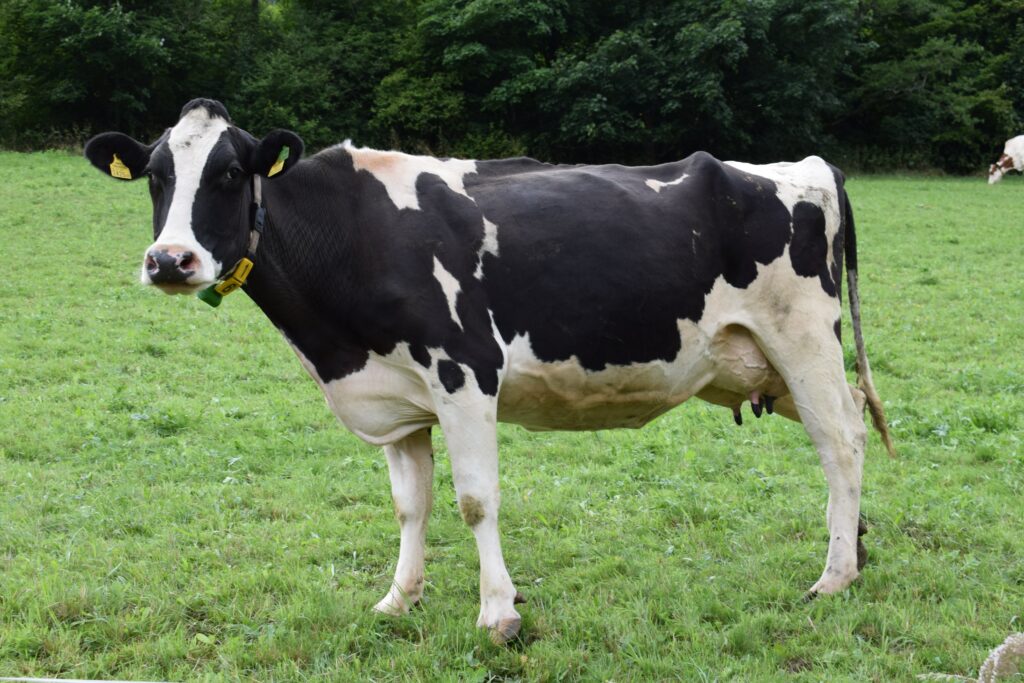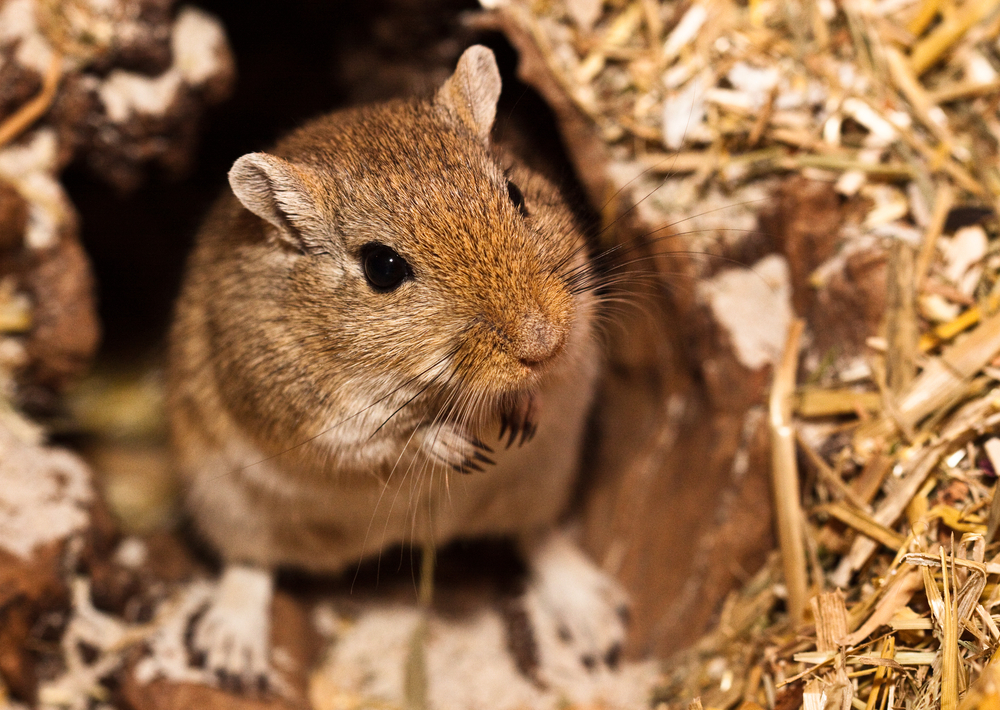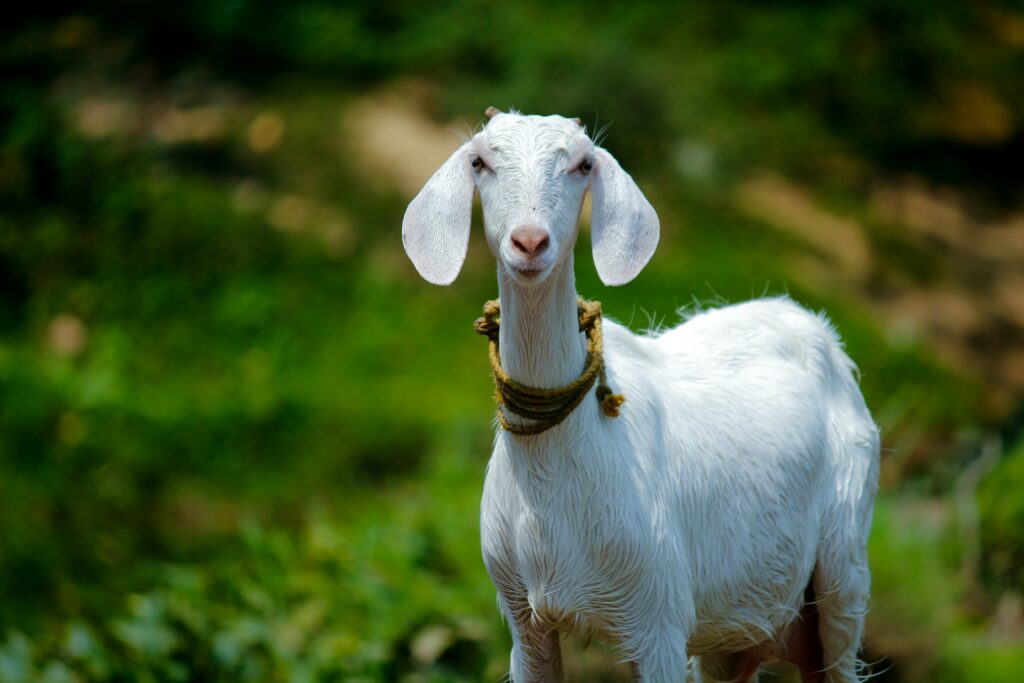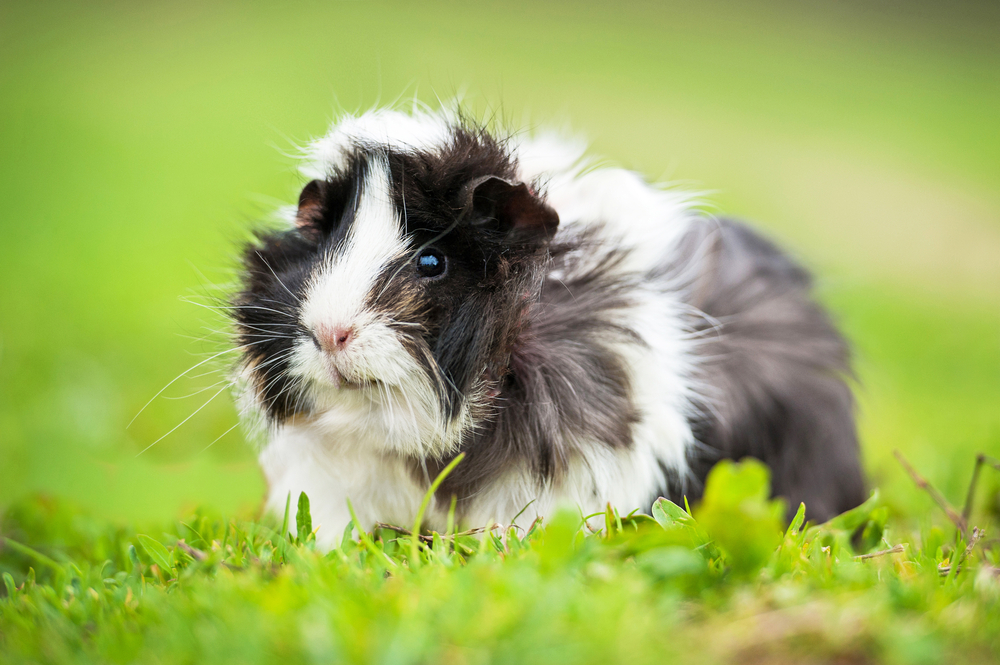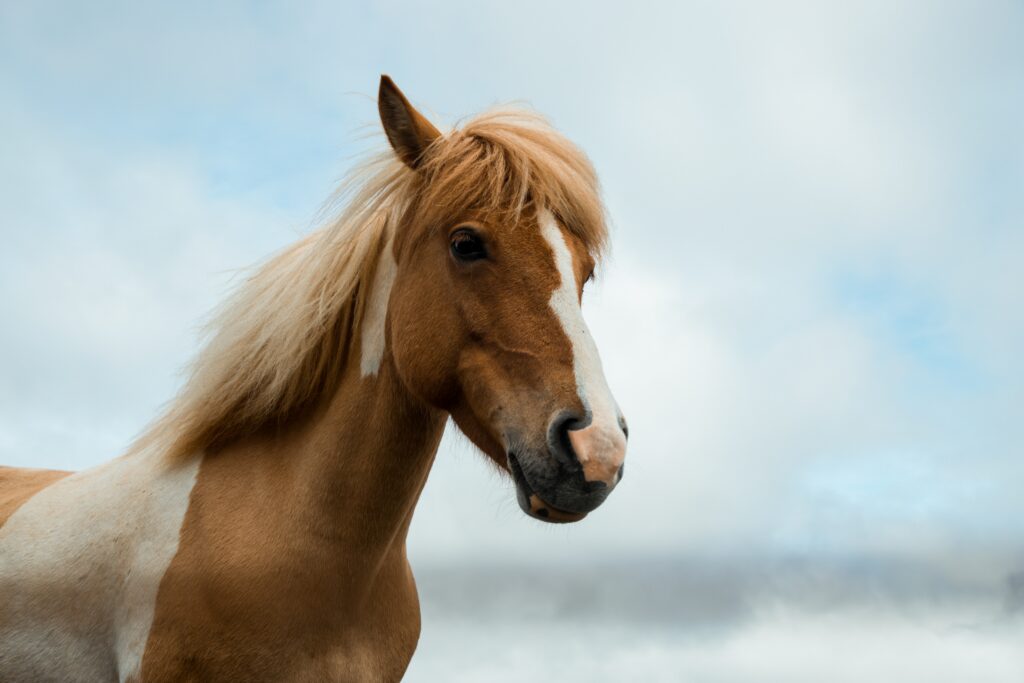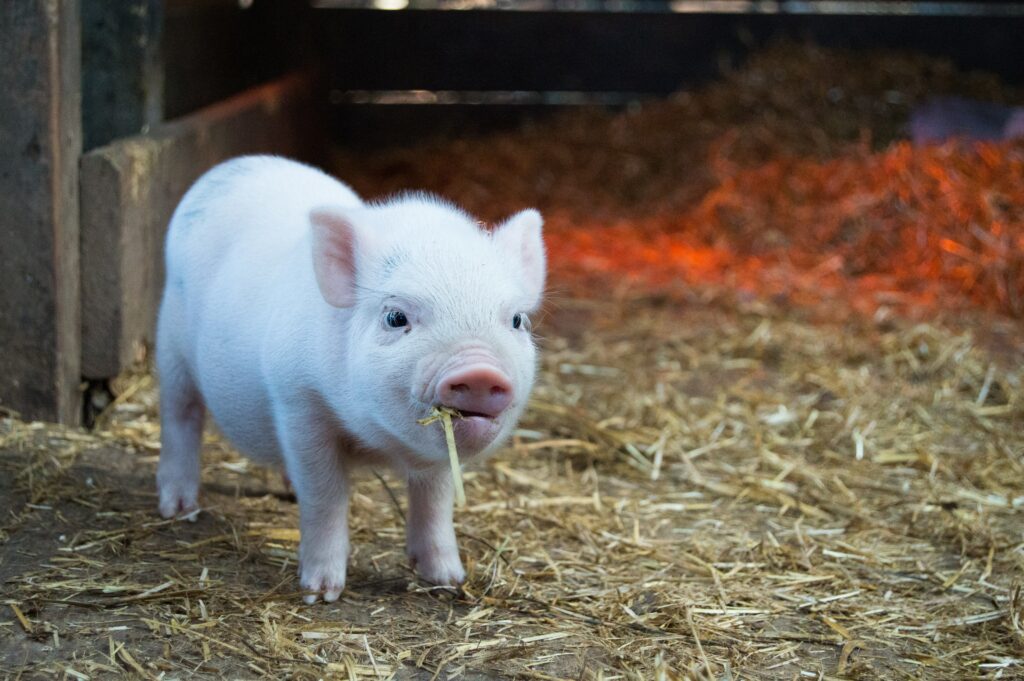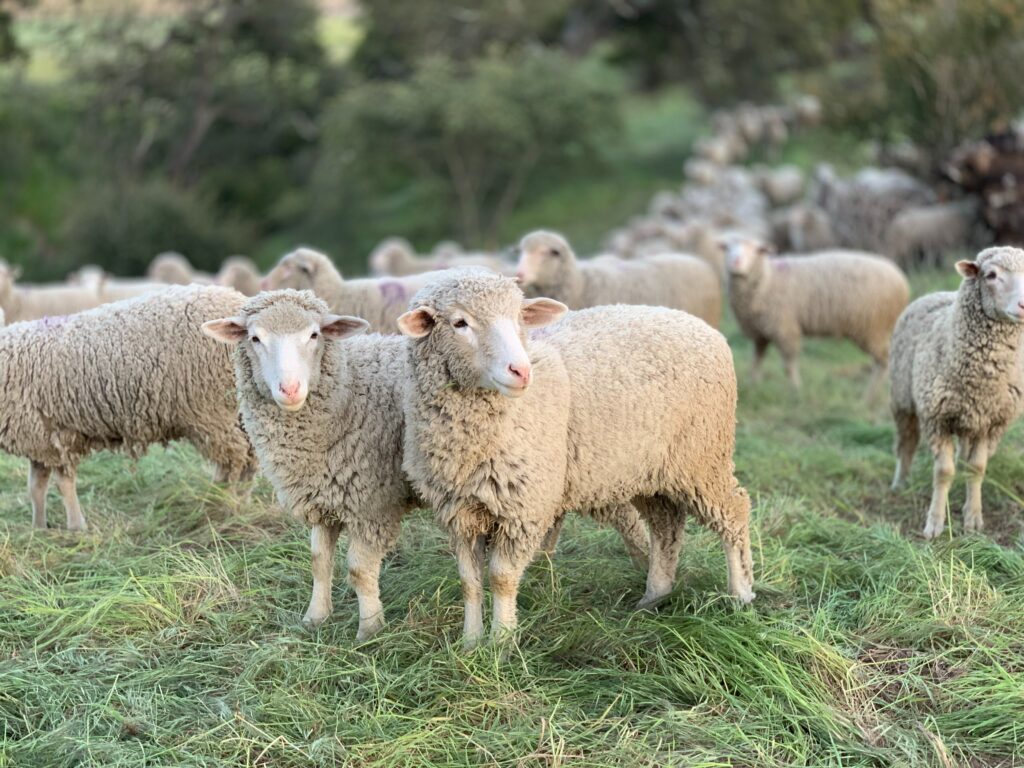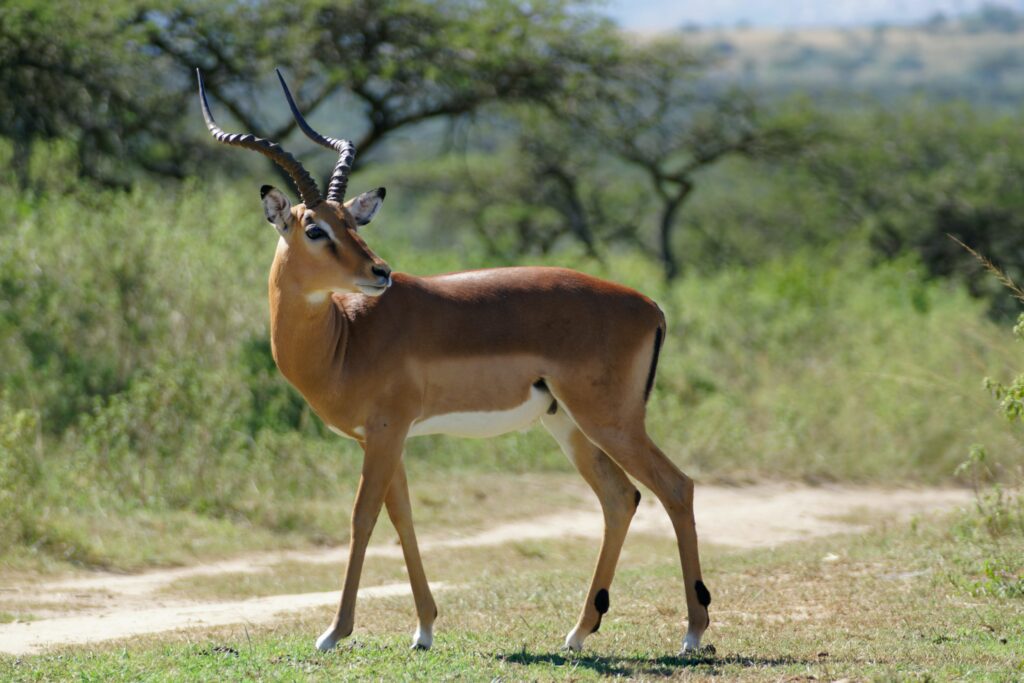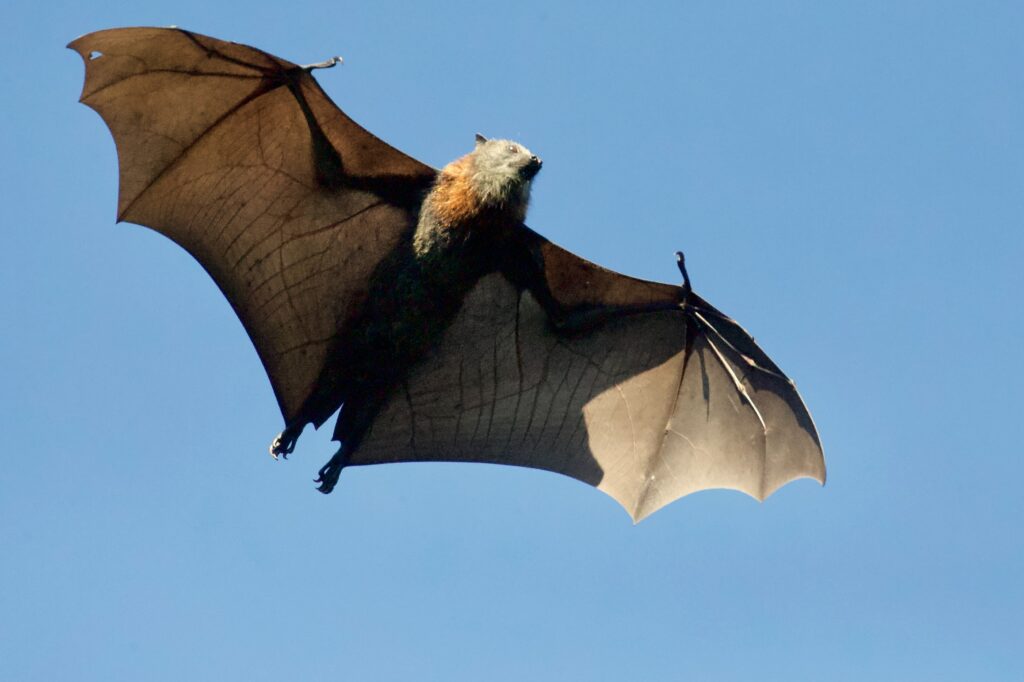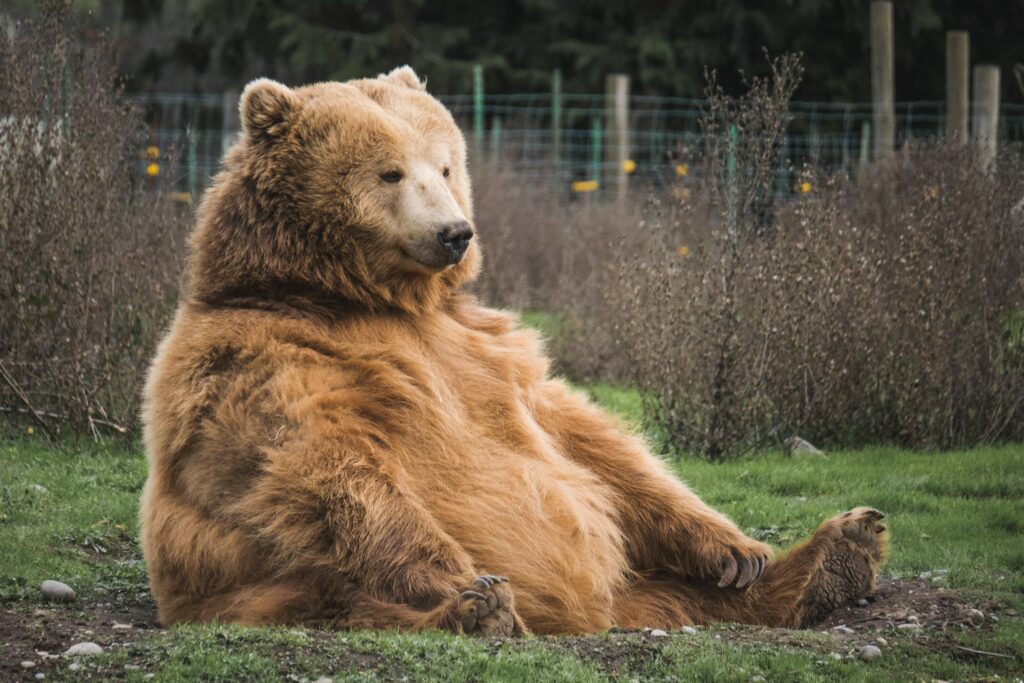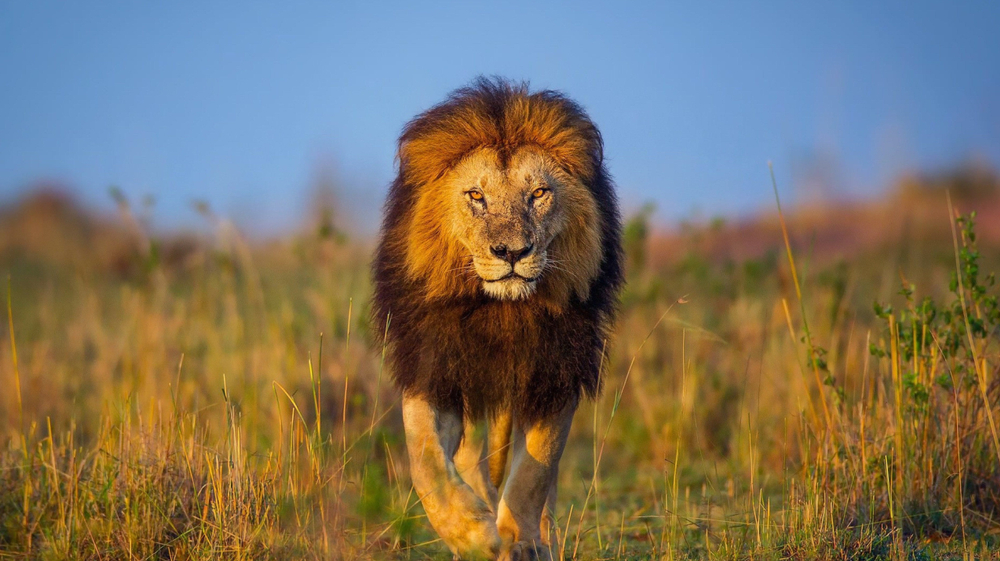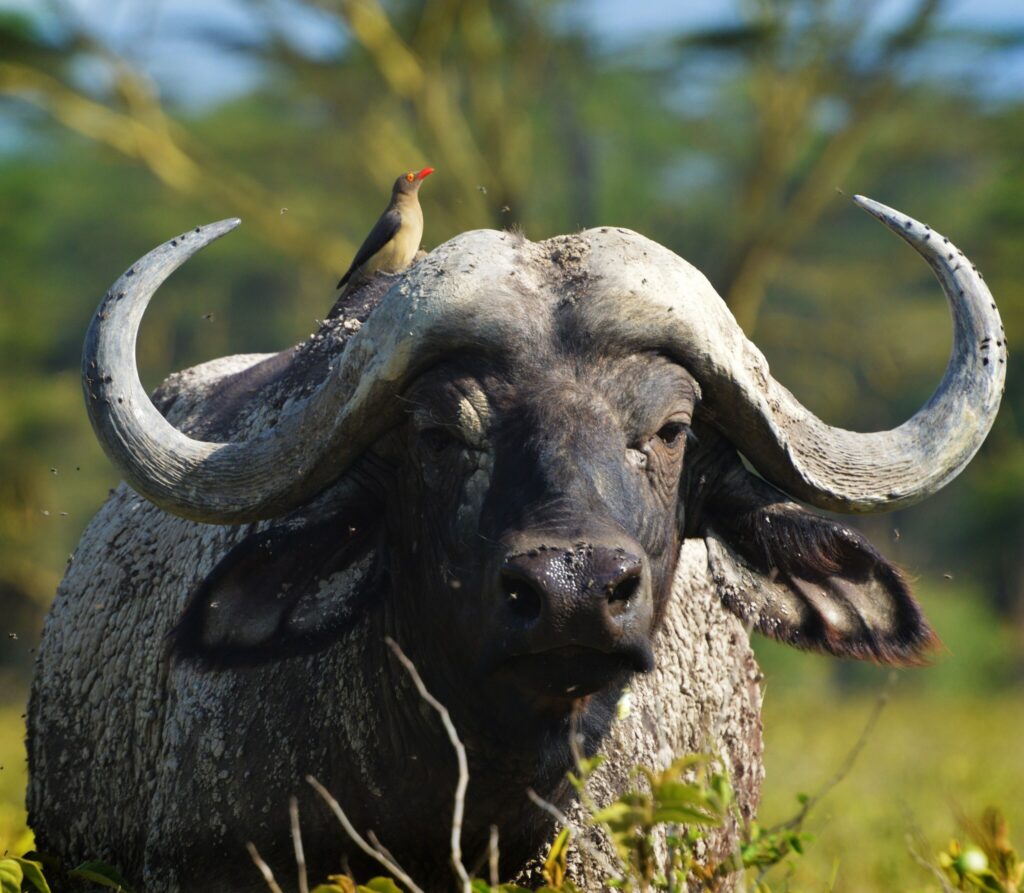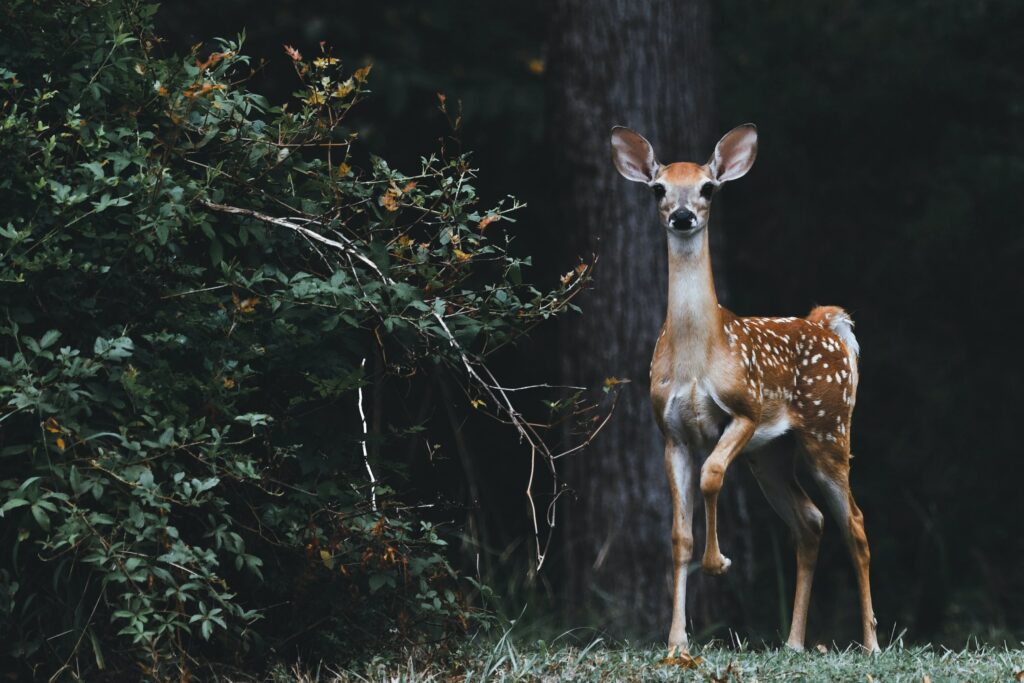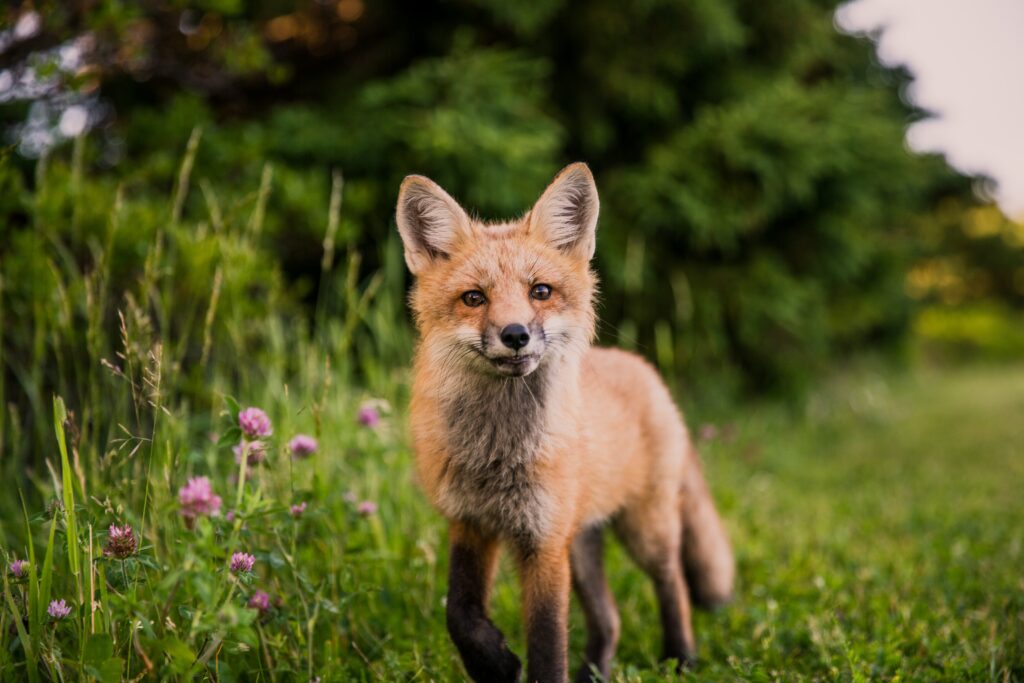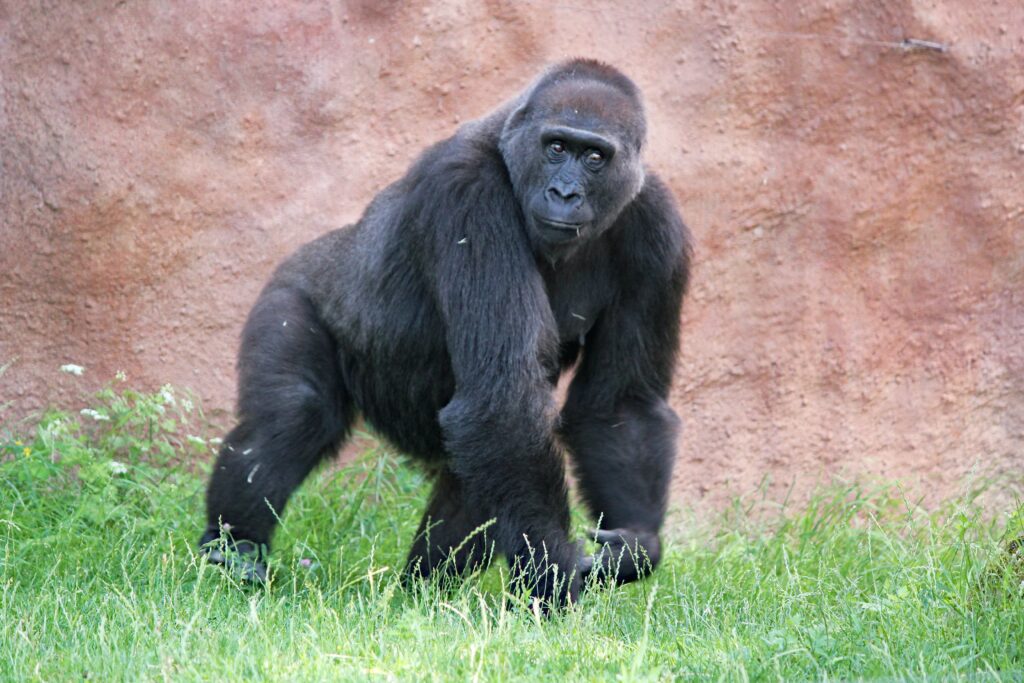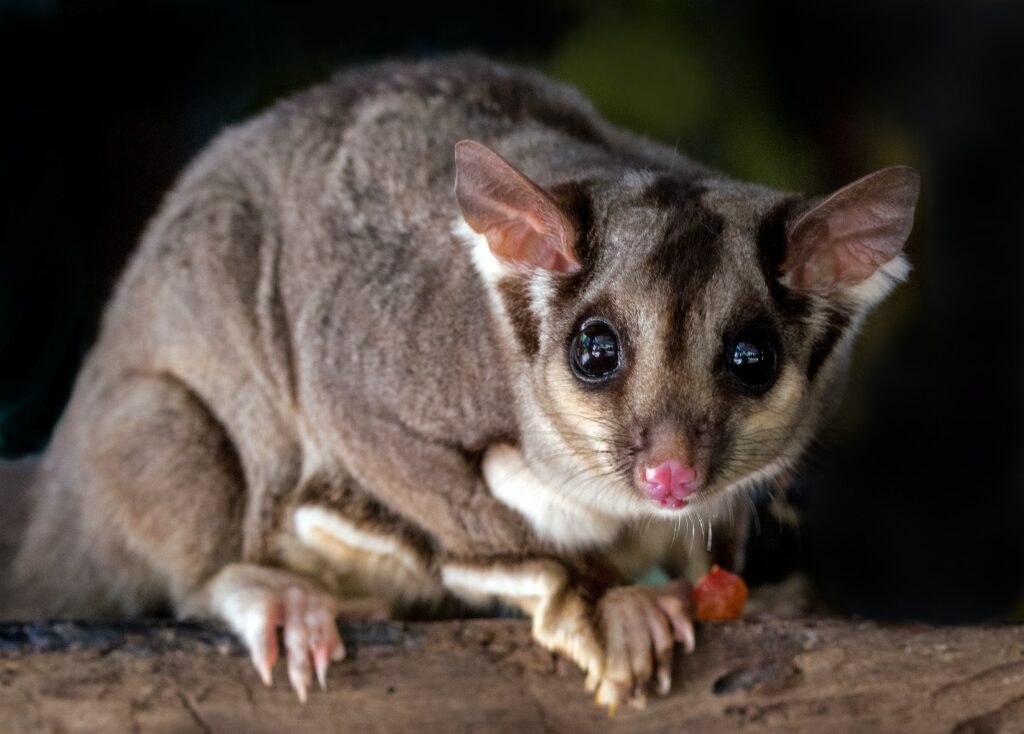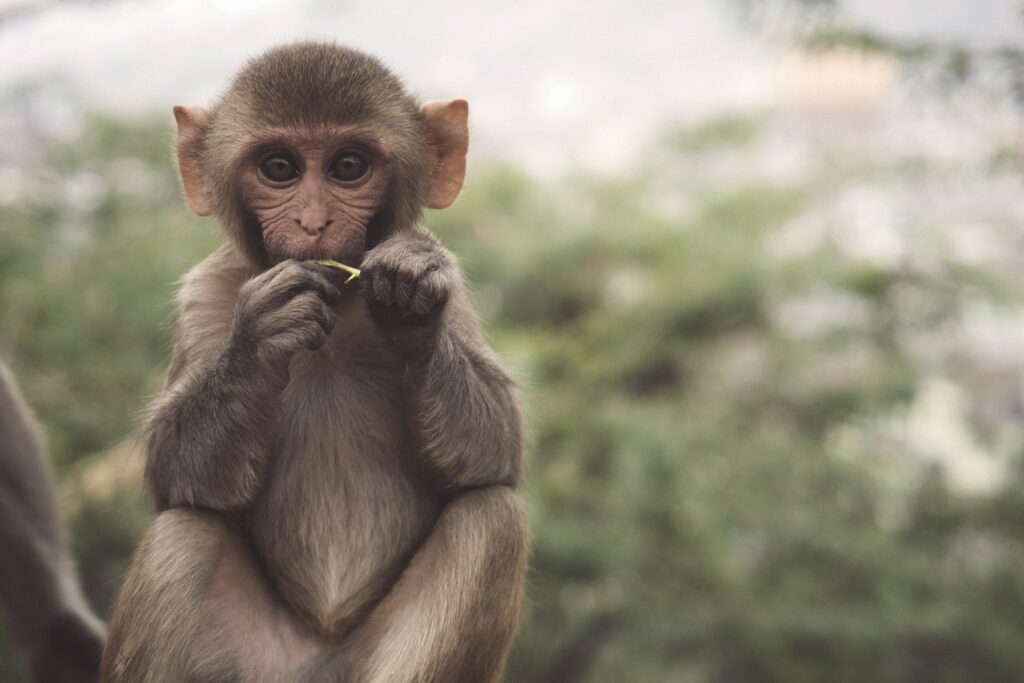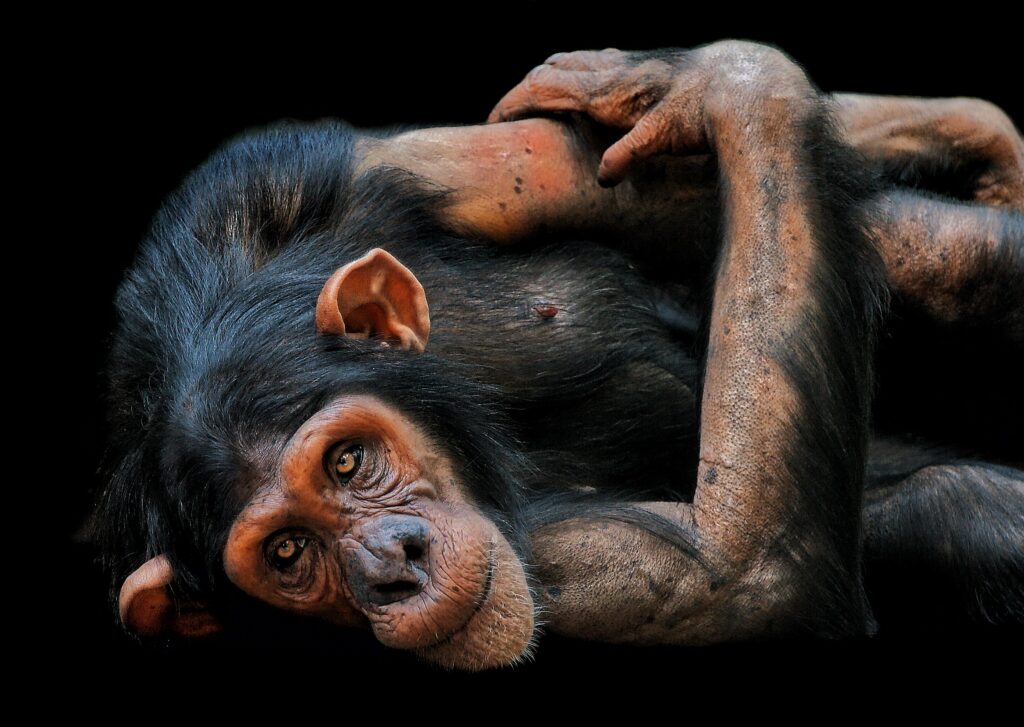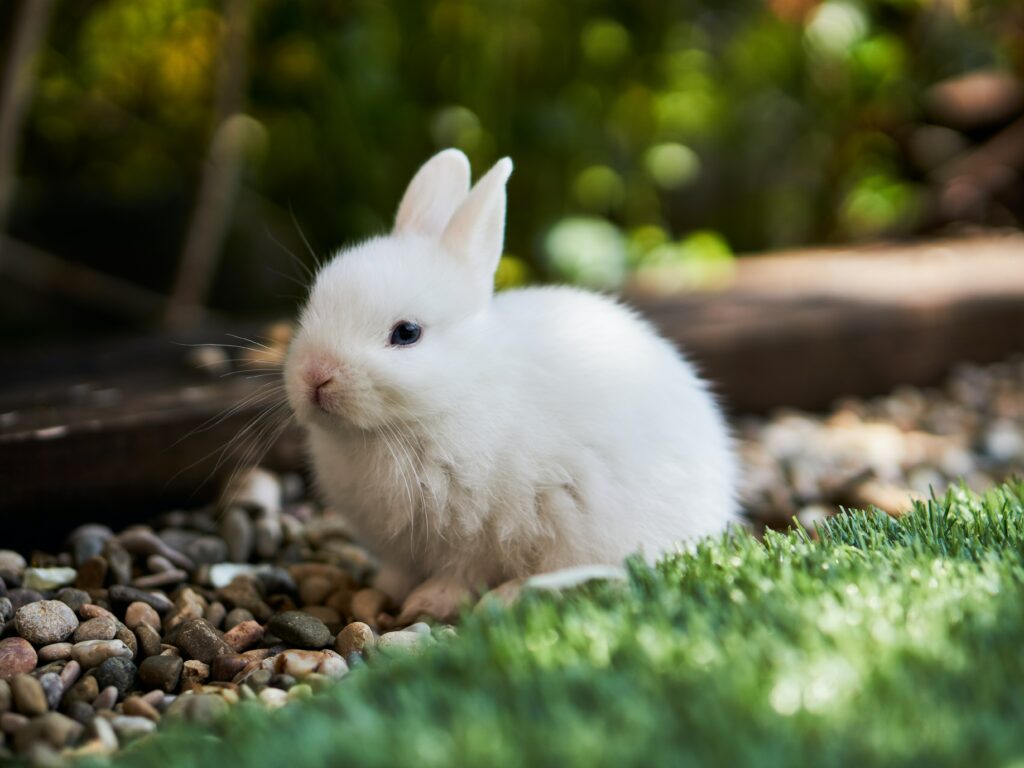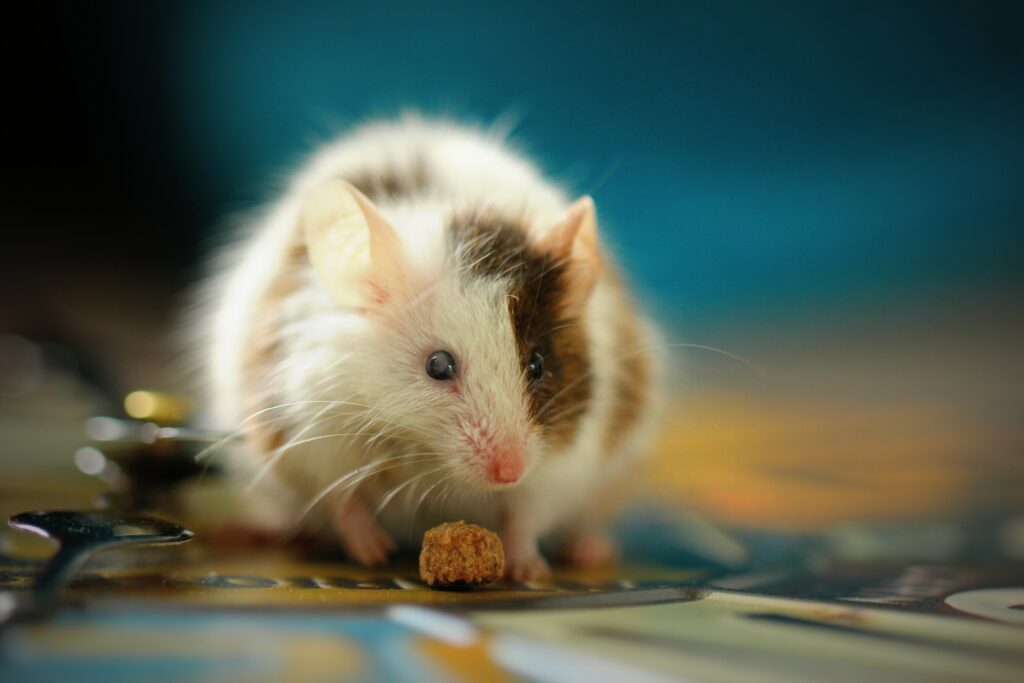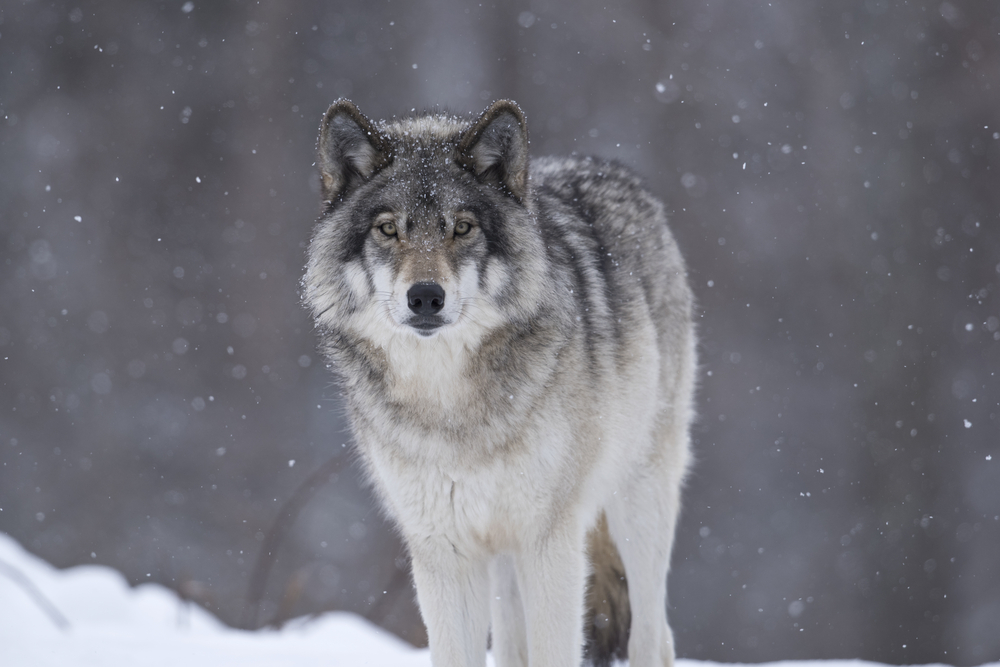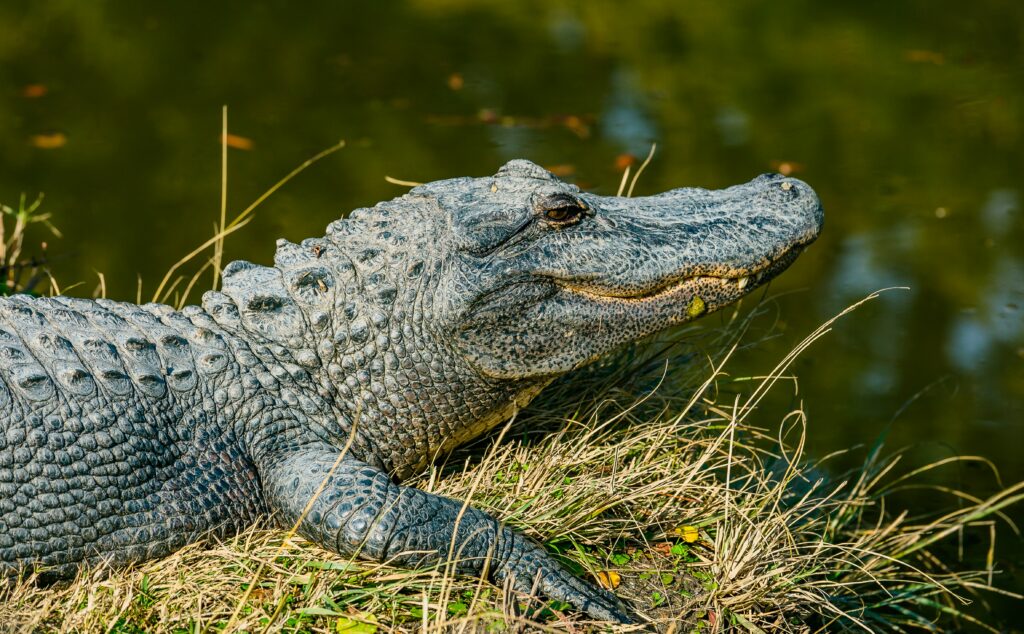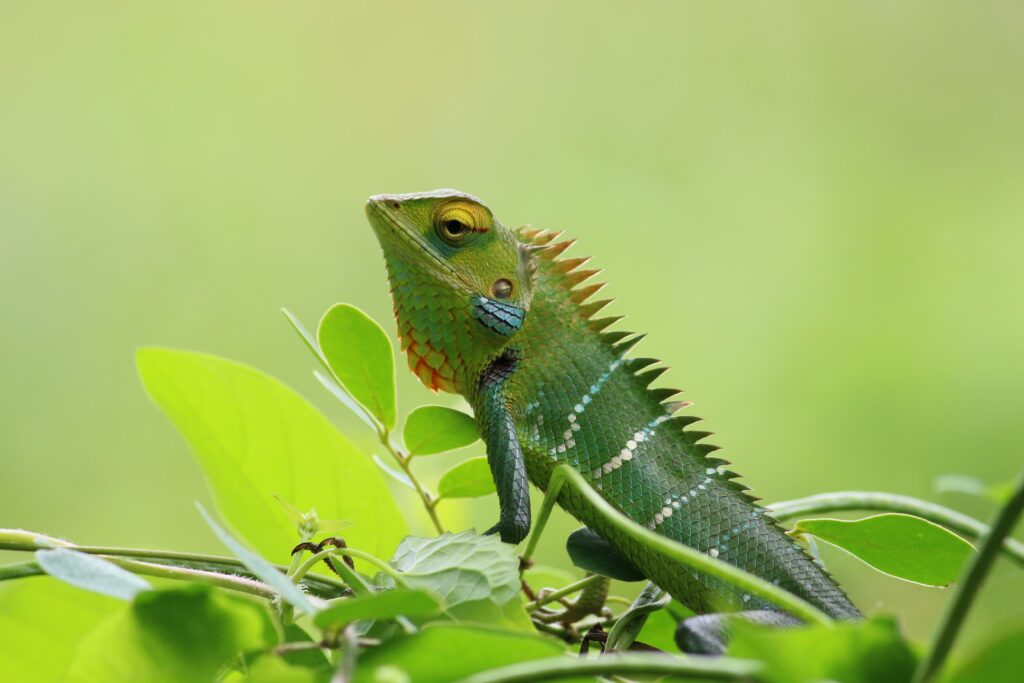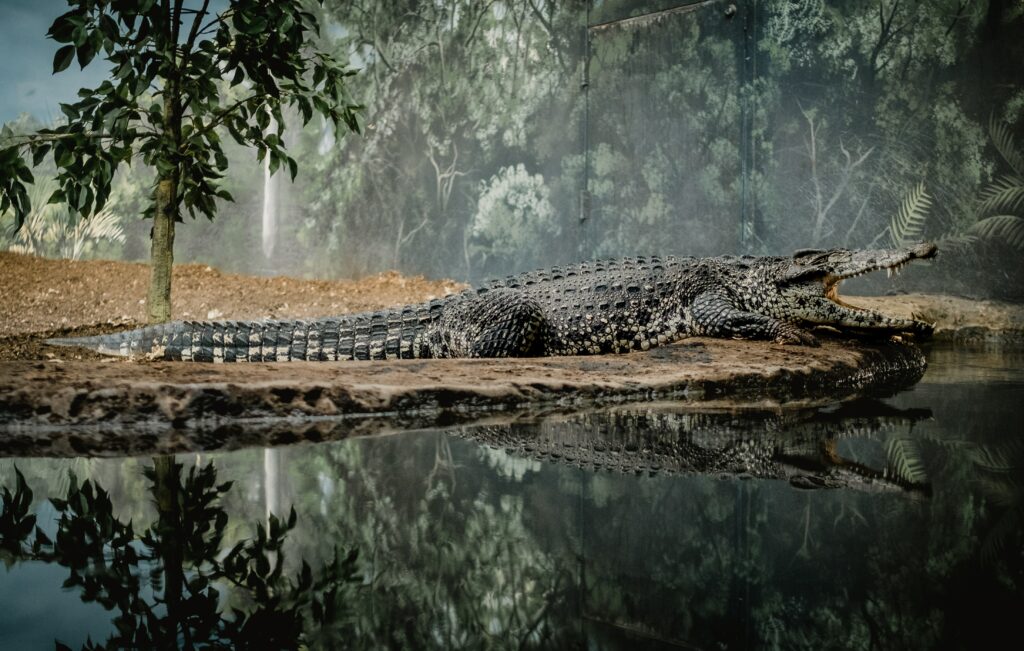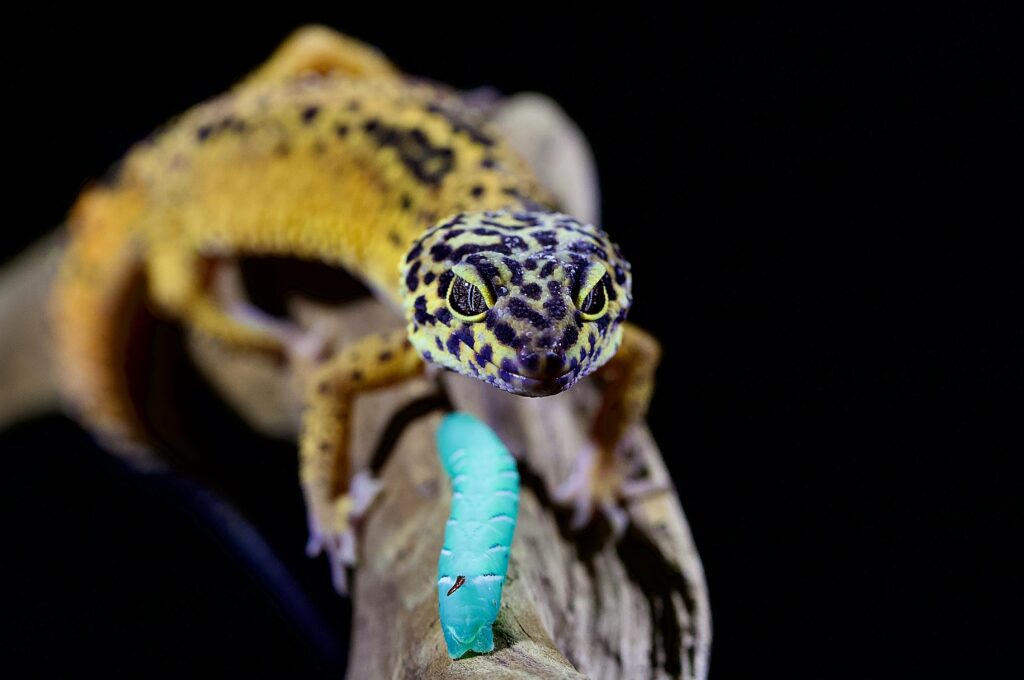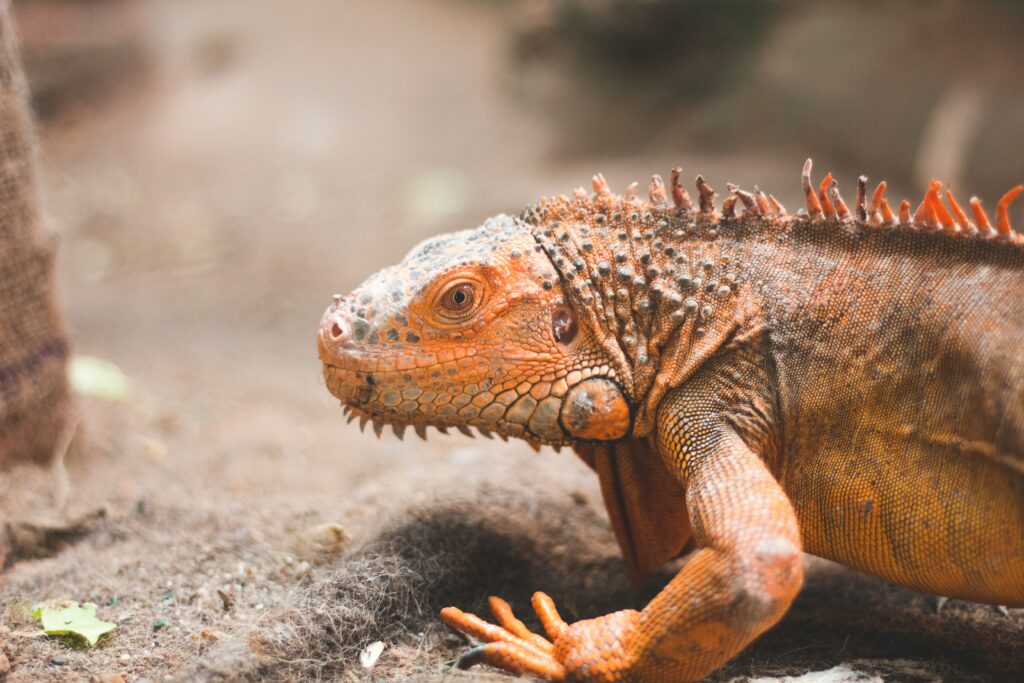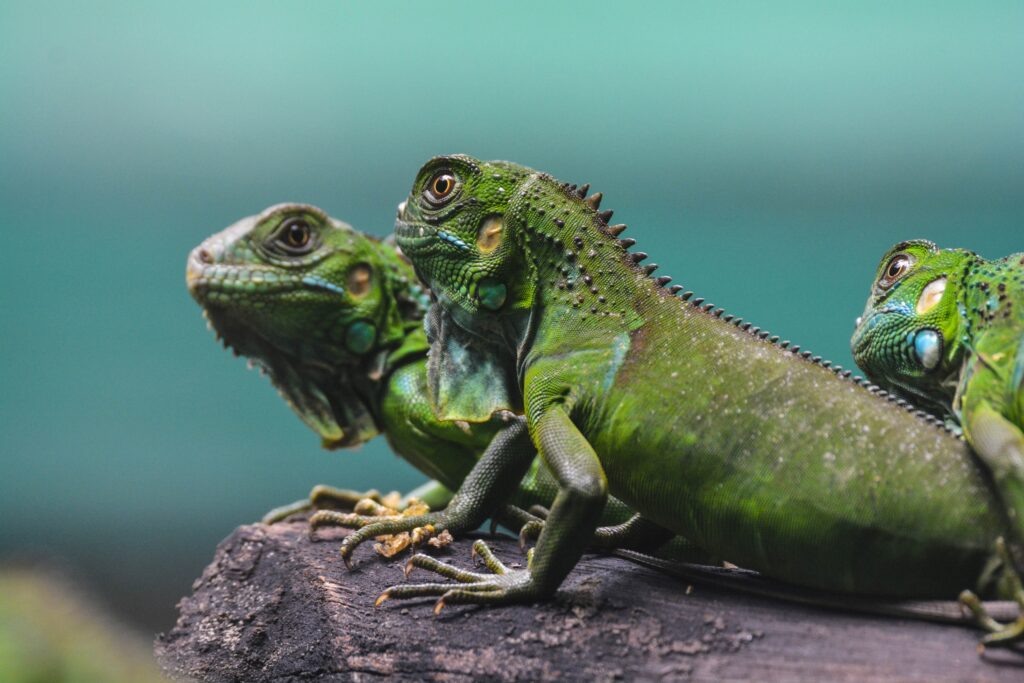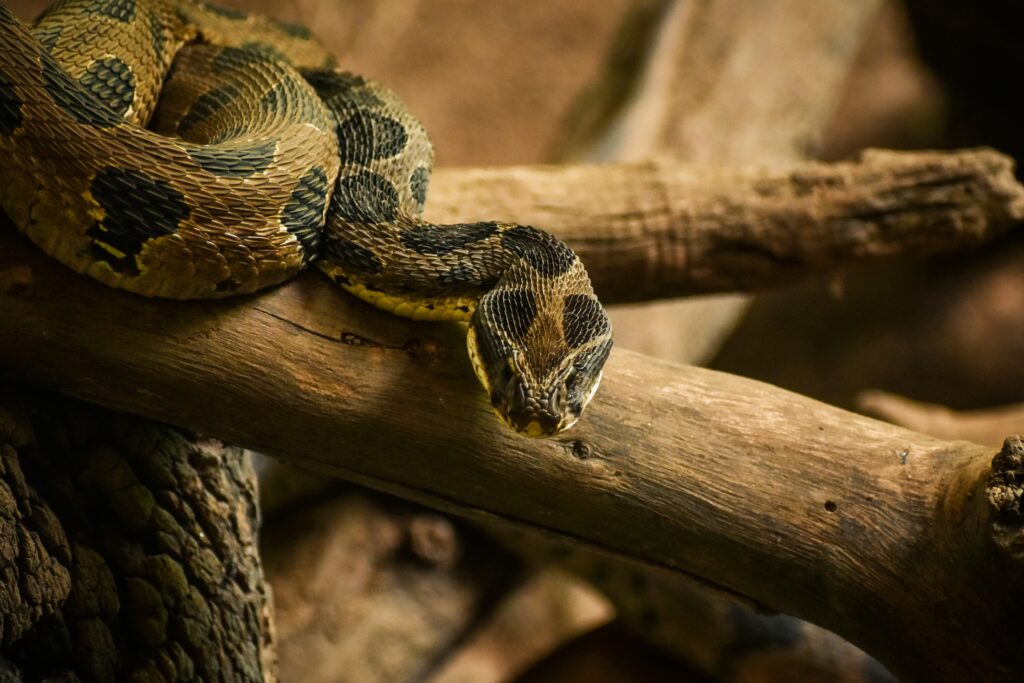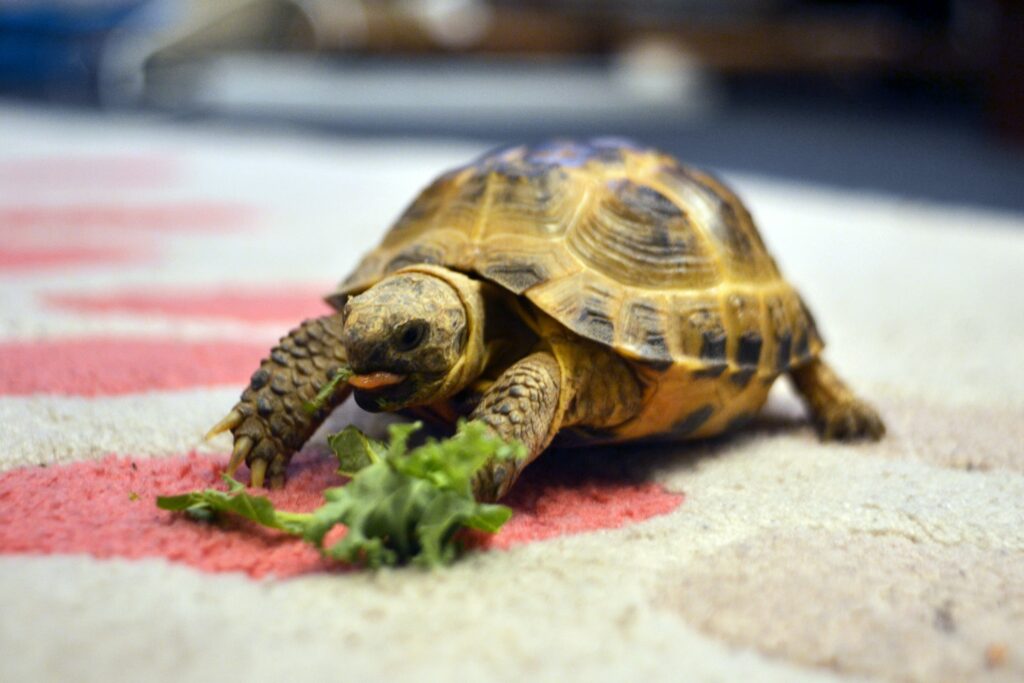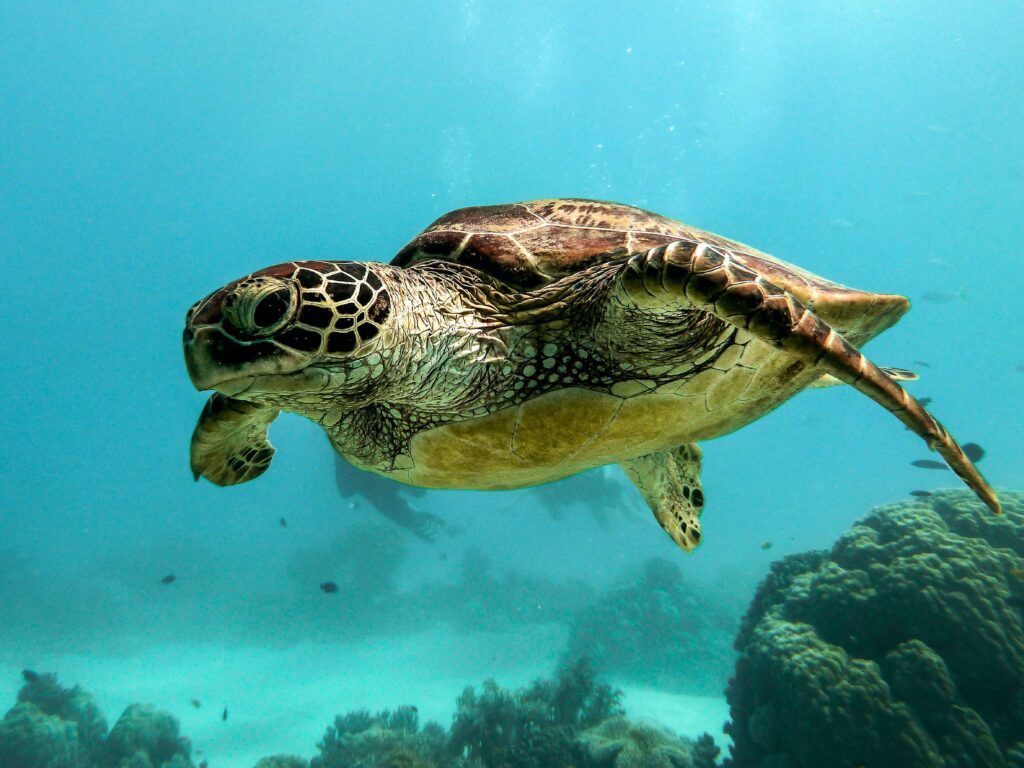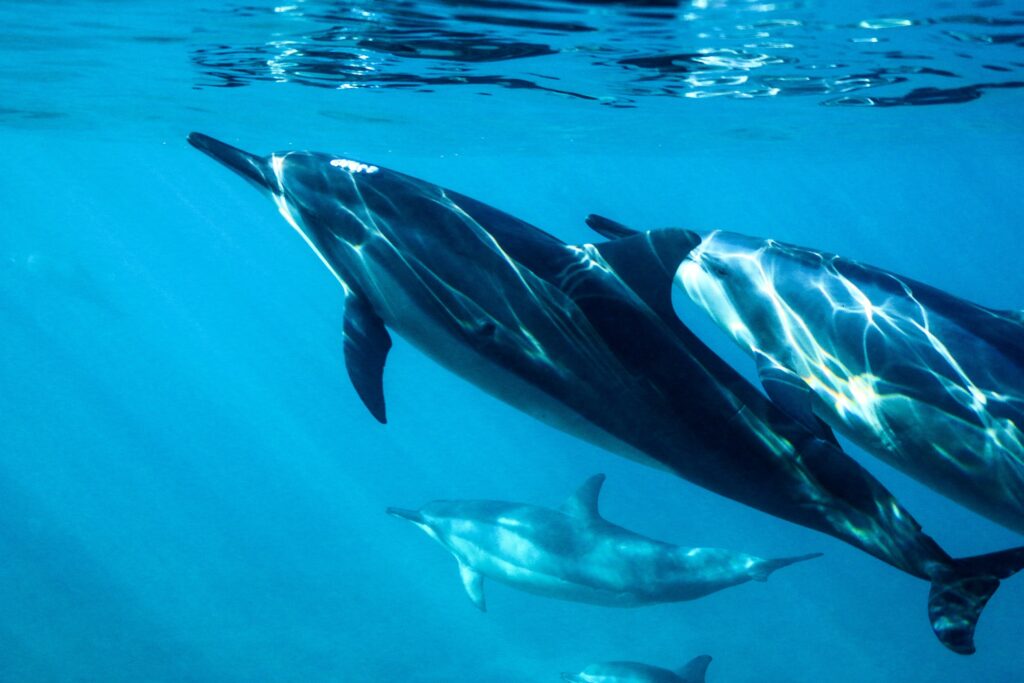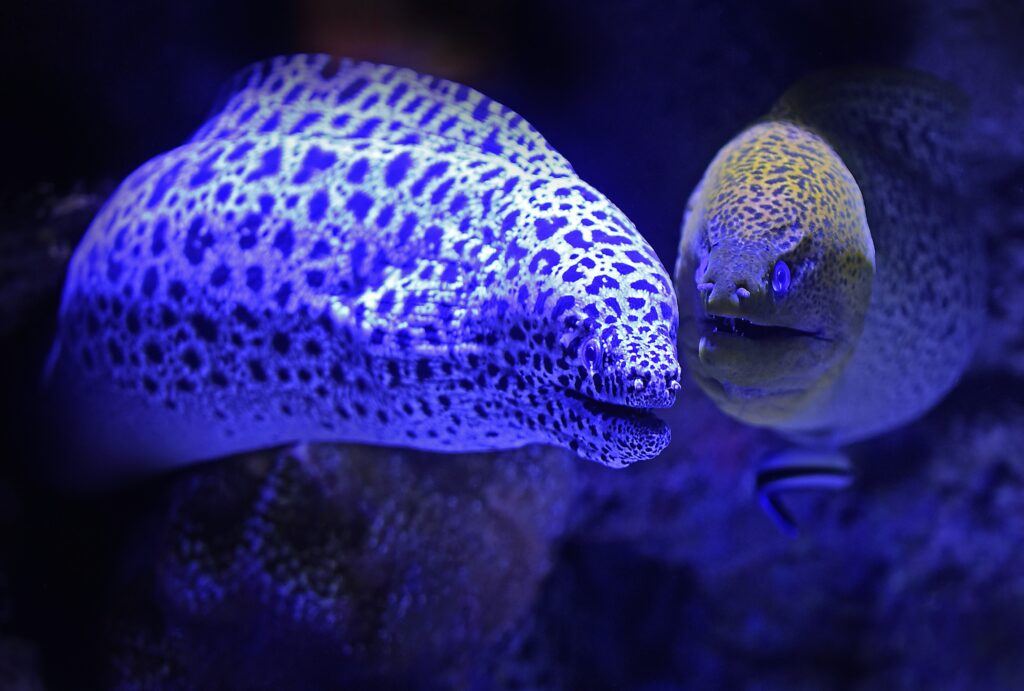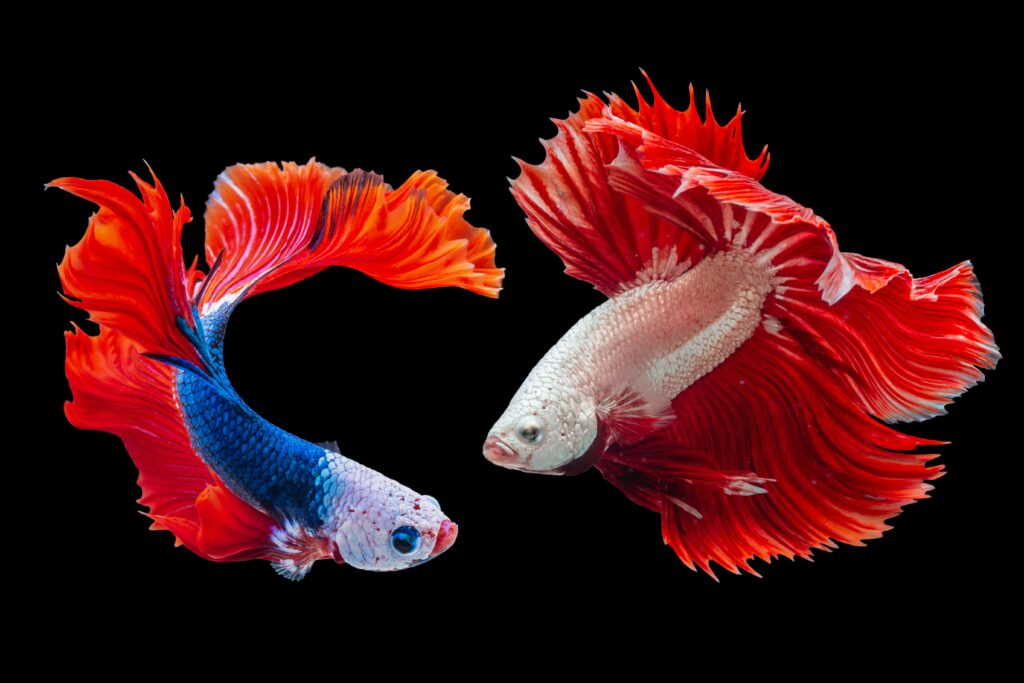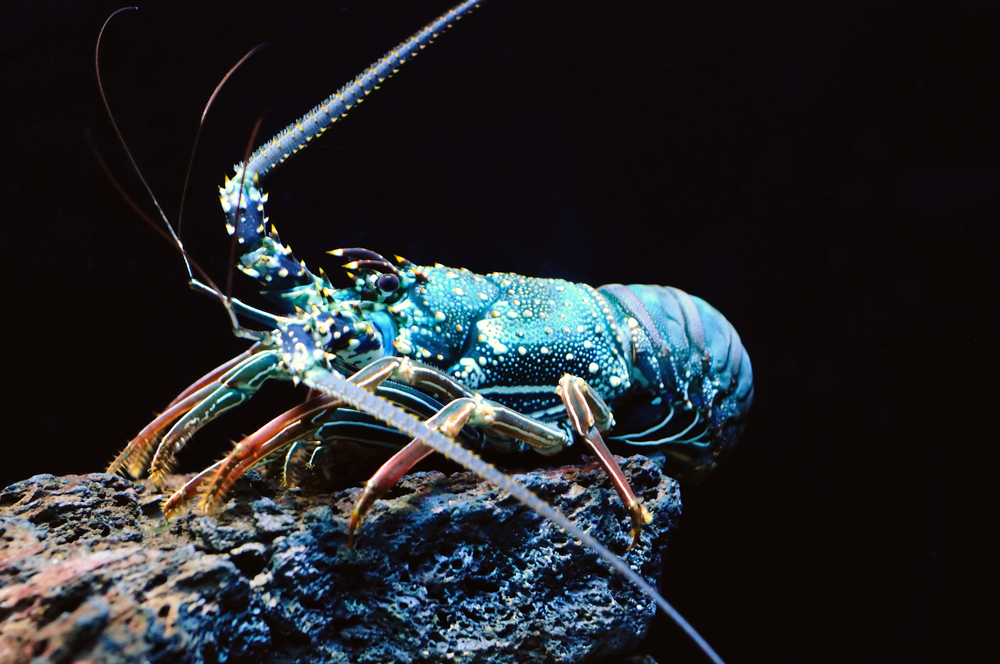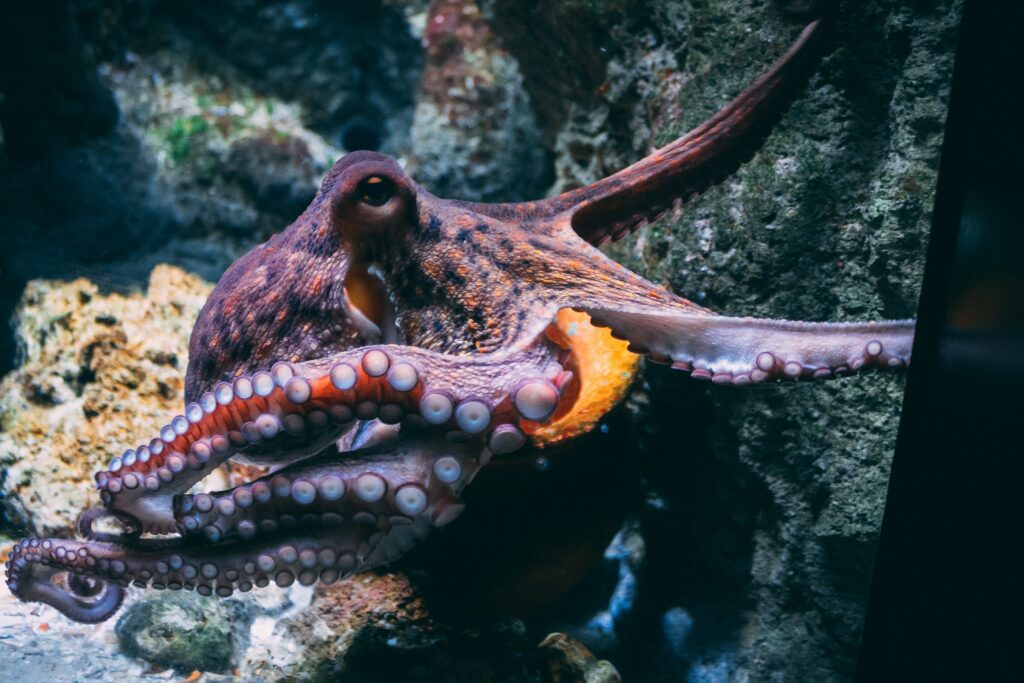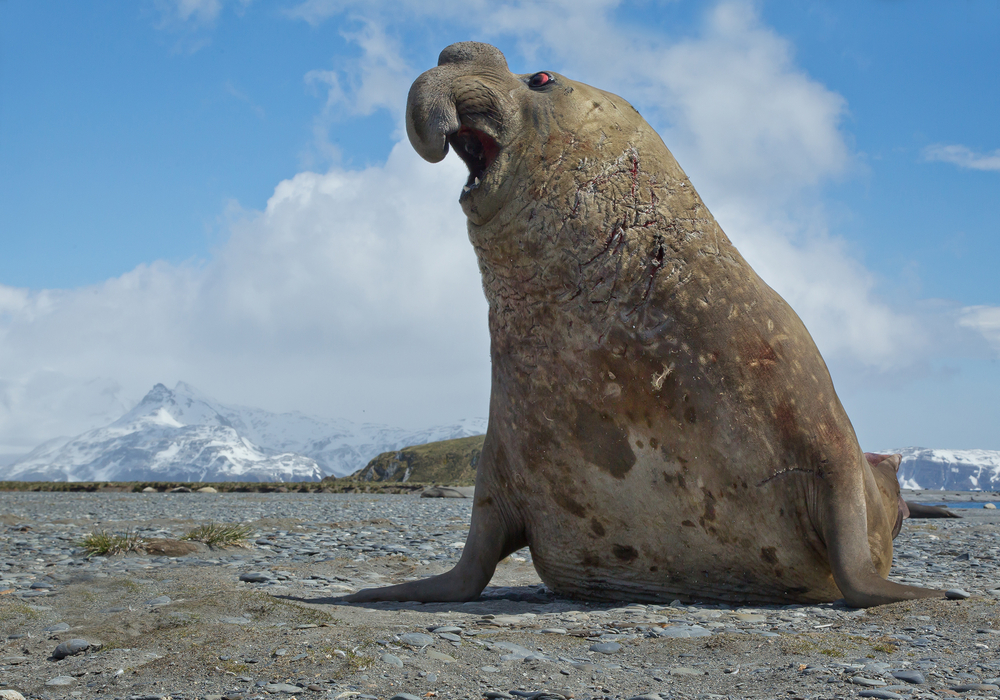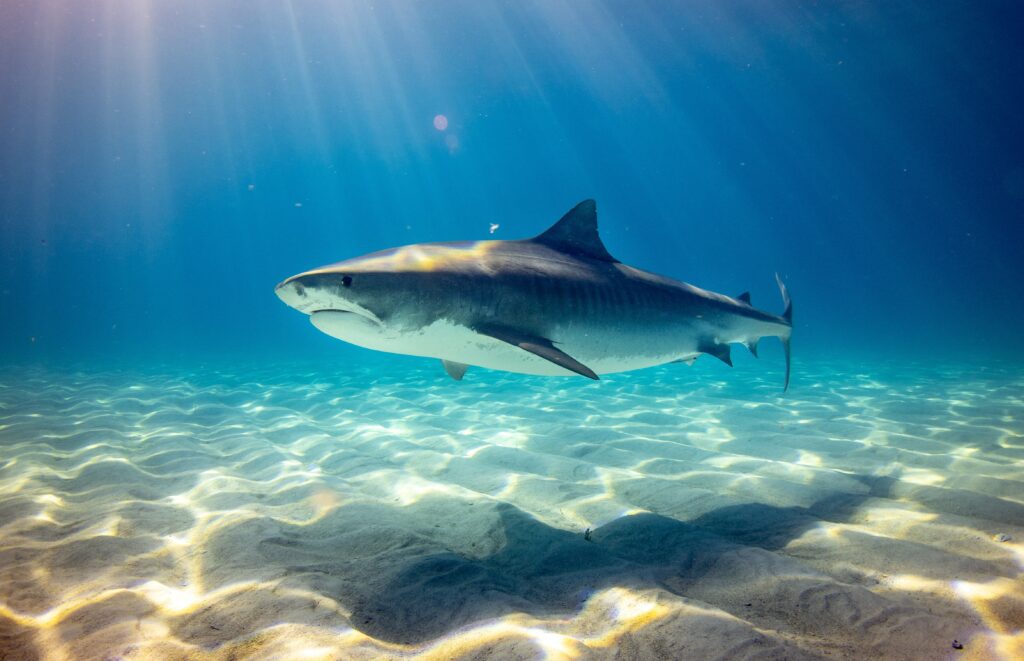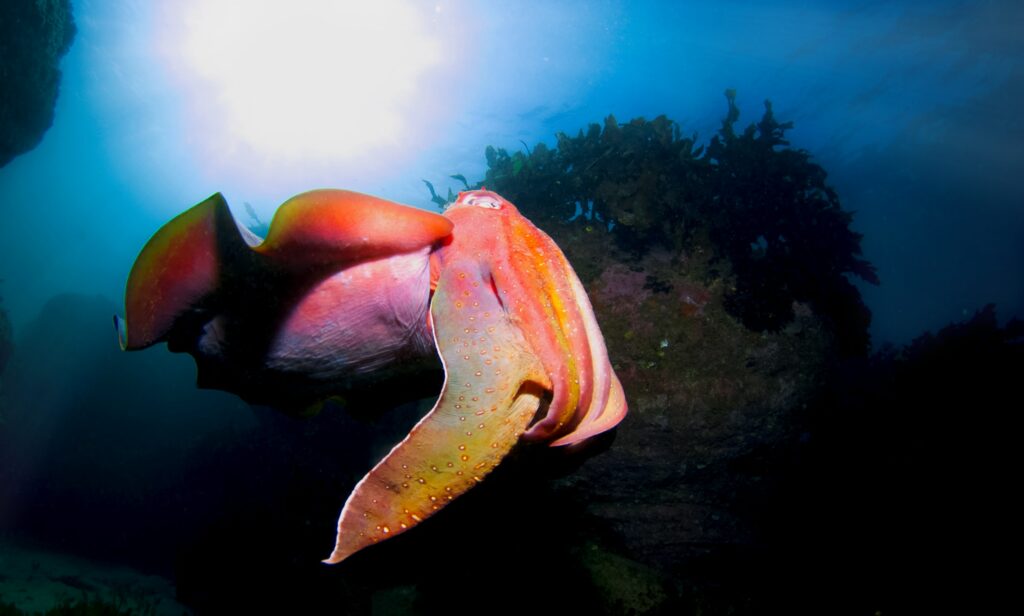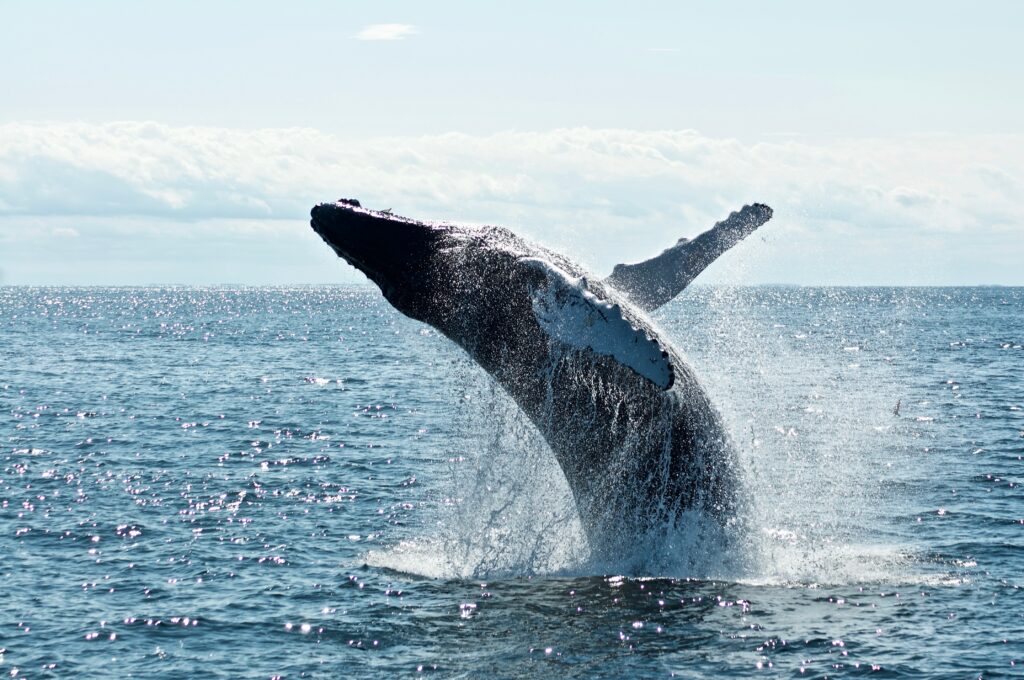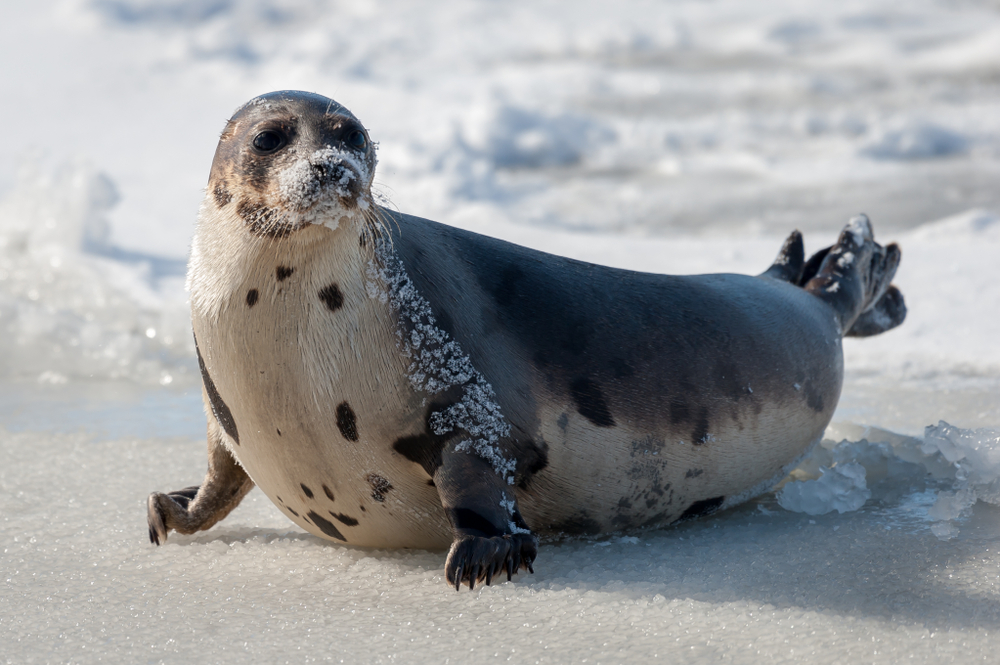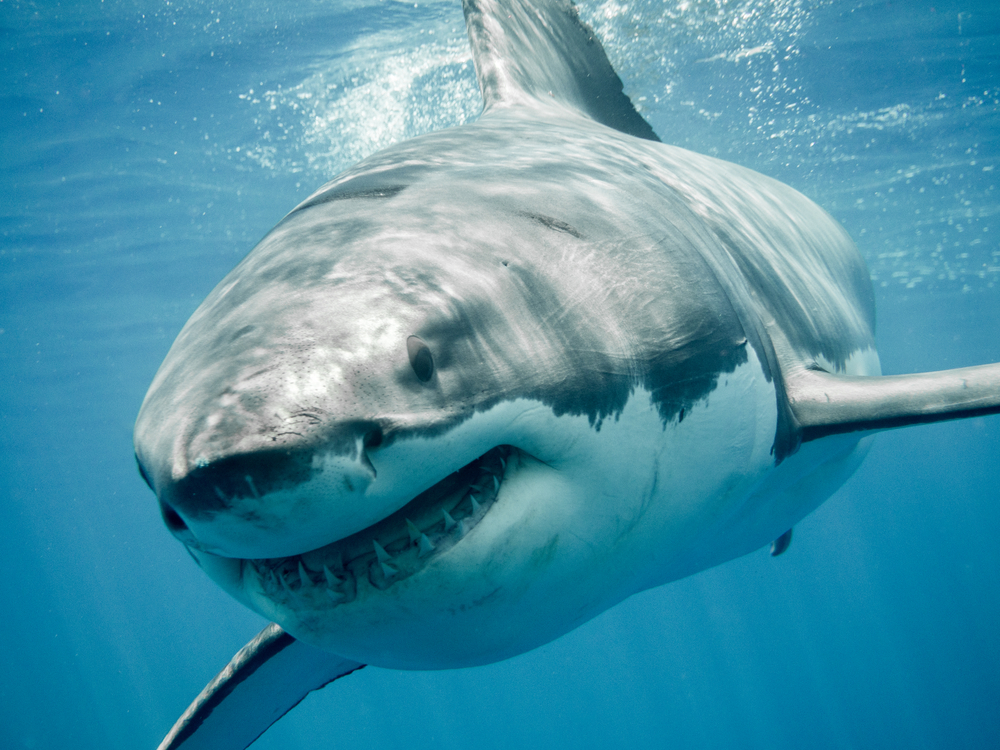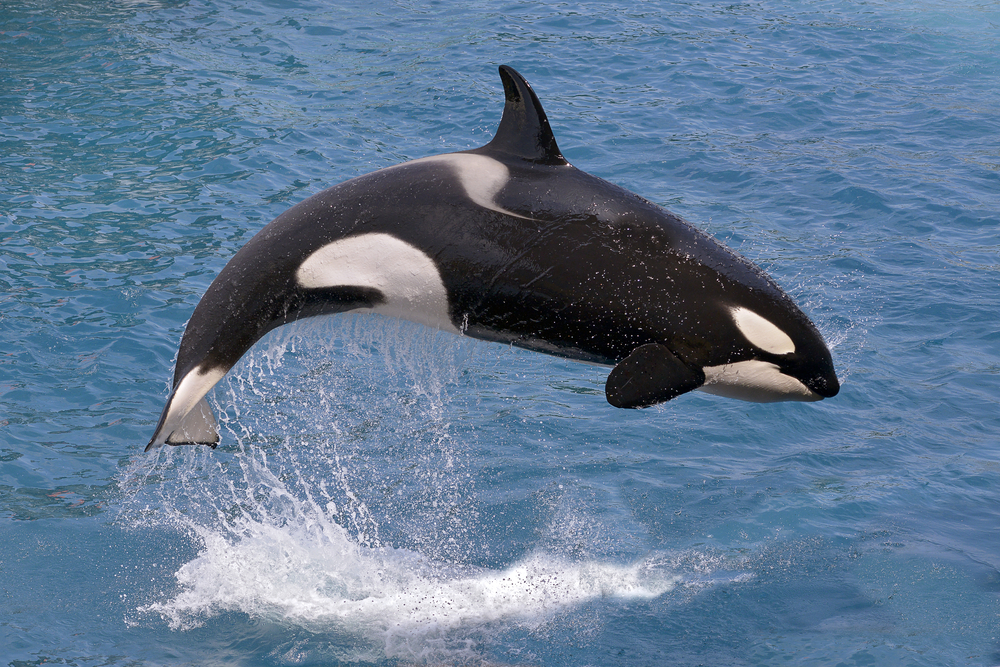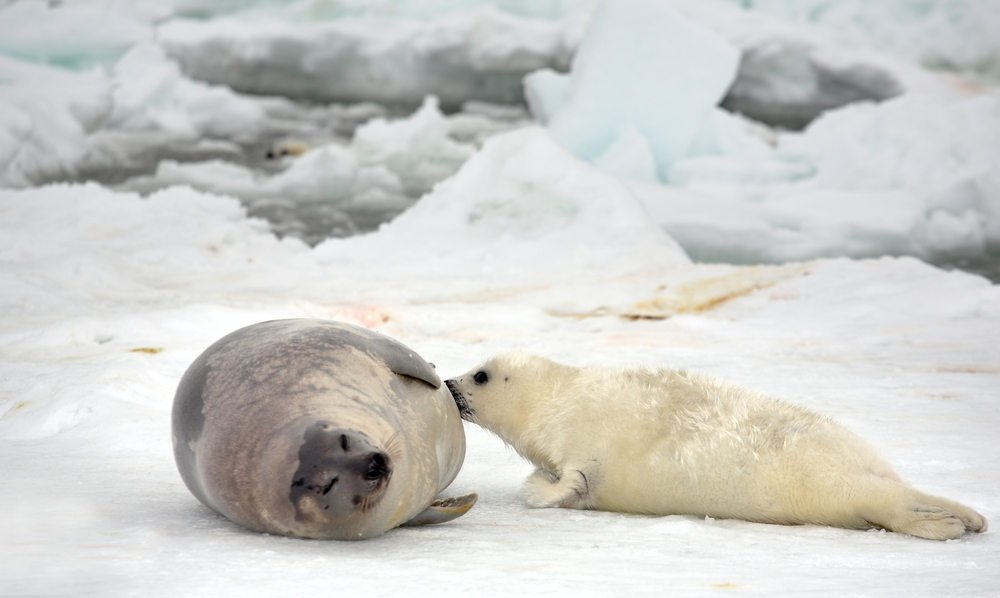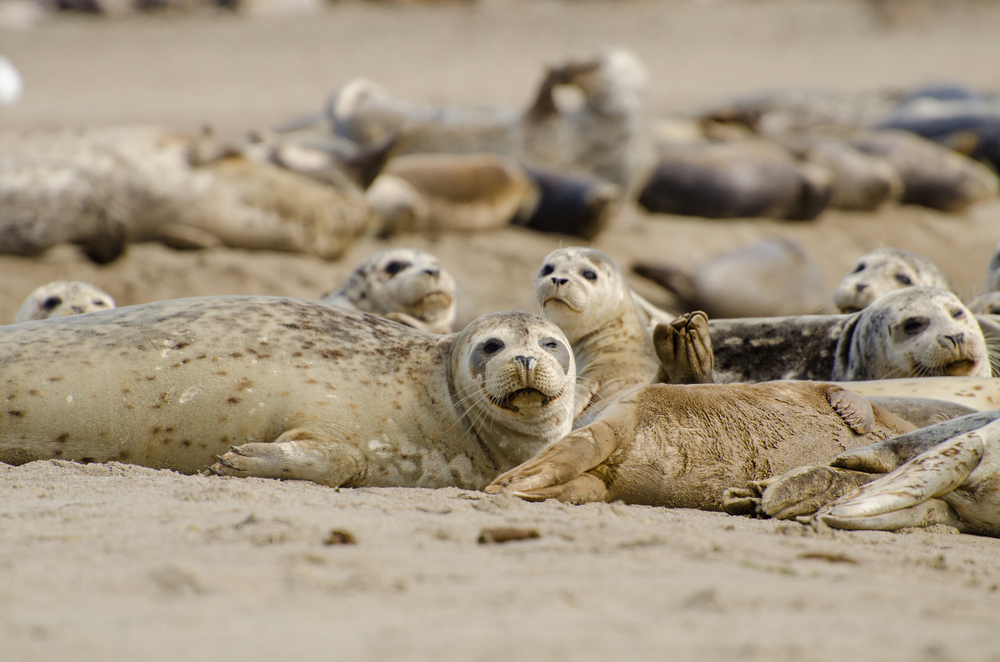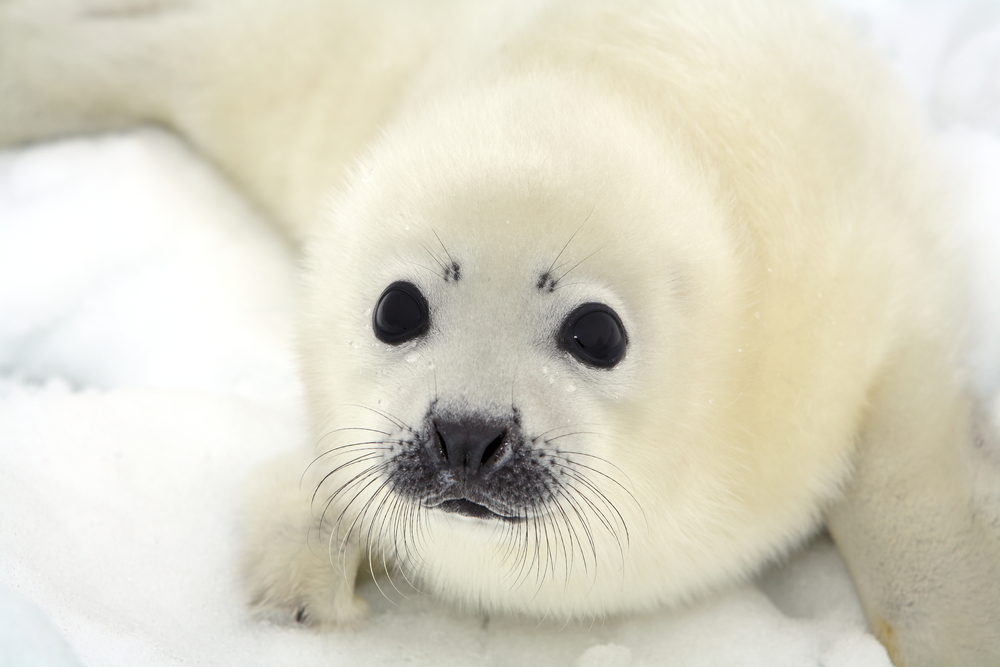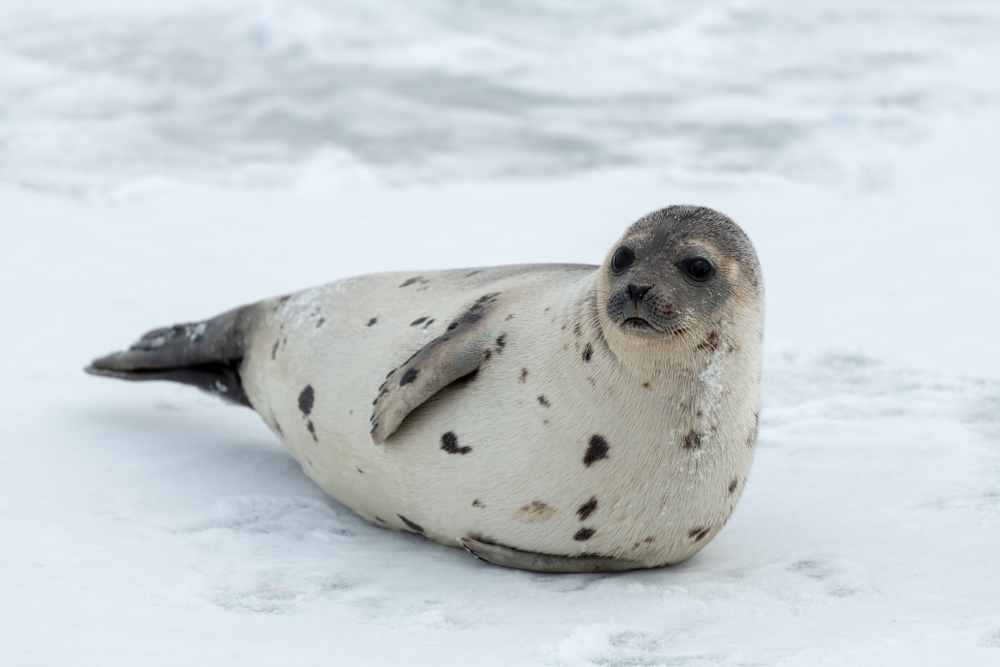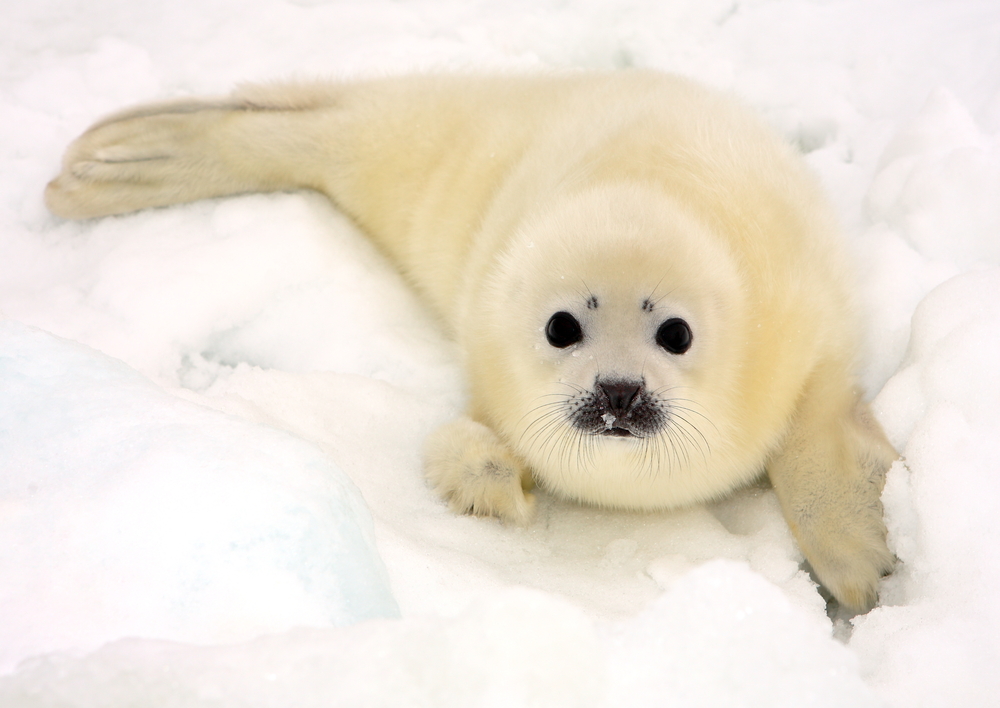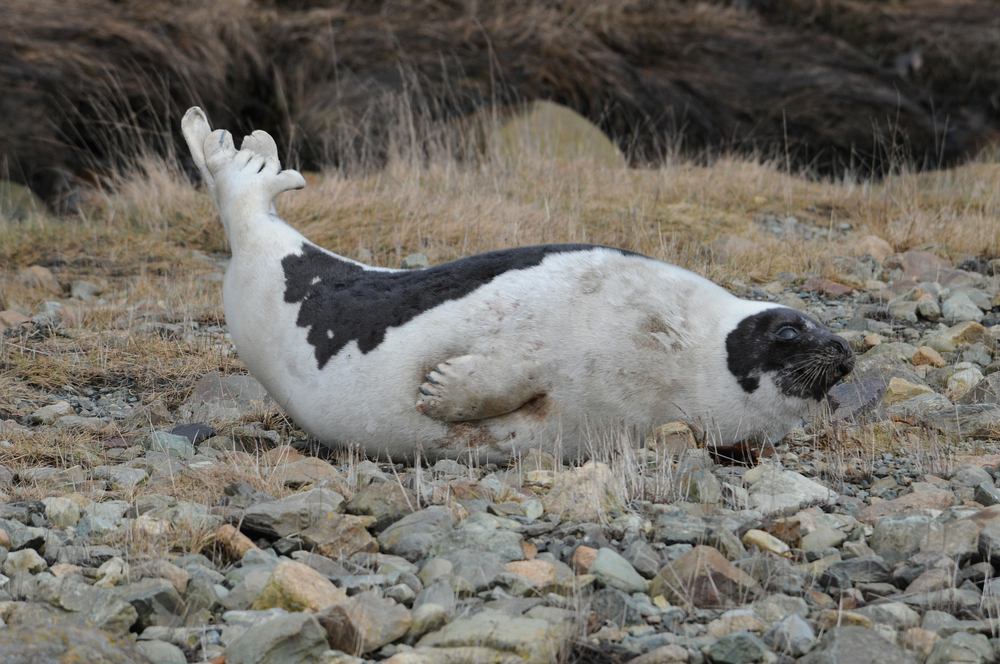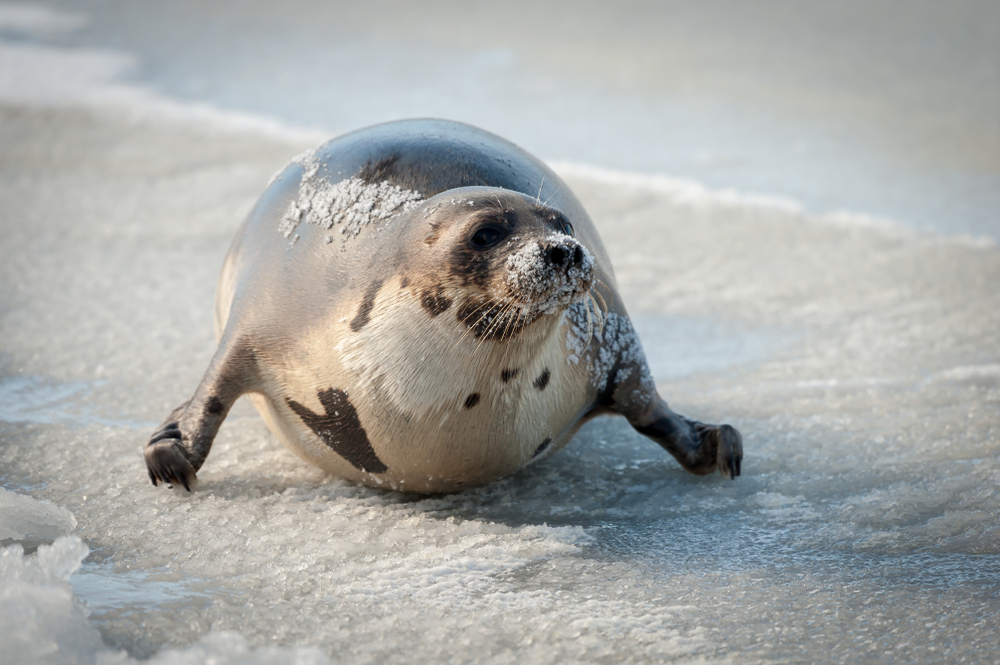About
The Harp Seal, scientifically known as Pagophilus groenlandicus, is a marine mammal belonging to the Animal Kingdom’s phylum Chordata and class Mammalia. It is a member of the Phocidae family, commonly known as true seals, which also includes species like the harbor seal and gray seal. Harp Seals are primarily found in the North Atlantic and Arctic Oceans, inhabiting icy waters and pack ice during the breeding and pupping seasons.
Harp Seals are characterized by their sleek, torpedo-shaped bodies, which are adapted for efficient swimming in cold ocean waters. They have a distinctively patterned coat that changes with age, with young seals displaying a silvery-white fur coat known as a “whitecoat,” which gradually molts into a grayish coloration known as a “beater” coat. Adult seals have dark gray or brownish fur with characteristic dark harp-shaped markings on their backs, hence their name.
These seals are highly adapted to their icy habitat, using their strong front flippers to navigate through the water and haul themselves onto the ice. They primarily feed on a diet of fish, squid, and crustaceans, using their sharp teeth to catch and consume prey.
Conservation Concerns
Harp Seals face several conservation concerns, primarily due to climate change, habitat loss, and human activities such as hunting and bycatch in fisheries. The International Union for Conservation of Nature (IUCN) Red List currently classifies the Harp Seal as a species of least concern overall, but specific populations may face localized threats.
Commercial sealing, particularly in Canada and Greenland, has historically been a significant conservation concern for Harp Seals. While hunting quotas and regulations have been implemented to manage seal populations sustainably, controversy surrounds the annual seal hunt due to concerns about animal welfare and sustainability. Continued monitoring and conservation efforts are essential to ensure the long-term survival of Harp Seals and the health of their Arctic and subarctic ecosystems.
Physical Characteristics
The Harp Seal (Pagophilus groenlandicus) is a species of true seal that resides in the icy waters of the North Atlantic and Arctic Oceans. Known for their distinctive coat patterns and large, expressive eyes, harp seals are a symbol of the Arctic’s unique biodiversity.
Size and Weight:
- Length: Adult harp seals typically measure between 5.6 to 6.6 feet (1.7 to 2 meters) in length.
- Weight: They weigh around 260 to 300 pounds (118 to 136 kilograms), with males being slightly larger than females.
Physical Characteristics:
- Fur and Coloration: One of the most notable features of the harp seal is its coat. Pups are born with fluffy, white fur that serves as camouflage against the snow and ice. As they age, their fur changes to a silvery-gray color with a distinctive black, harp-shaped pattern on their back, from which their common name is derived. Adults may vary in color, but this pattern remains a distinguishing characteristic.
- Eyes: Harp seals have large, dark eyes that provide them with excellent vision, particularly underwater. These eyes are adapted to see in both bright and dim light conditions, aiding them in hunting fish and invertebrates beneath the ice.
- Body Shape: They have a streamlined body shape suited to their aquatic lifestyle, with a rounded head and a tapered body that aids in efficient swimming.
- Flippers: Harp seals possess relatively short, front flippers covered with claws, which they use for maneuvering in the water and grooming. Their rear flippers are elongated and powerful, providing propulsion as they swim.
- Whiskers: Like many marine mammals, harp seals are equipped with sensitive whiskers (vibrissae) on their snouts, which they use to detect vibrations in the water, helping them locate prey in the dark or murky waters.
- Blubber: Beneath their skin, harp seals have a thick layer of blubber that provides insulation against the cold Arctic waters. This blubber also serves as an energy reserve during times when food is scarce.
Harp seals are highly adapted to life in cold environments, spending the majority of their time in the water where they hunt for fish and crustaceans. They are known for their annual migration patterns, following the pack ice as it advances and retreats with the seasons. Despite facing threats from climate change and hunting, harp seals remain a resilient and iconic species of the Arctic marine ecosystem.
Reproduction
The reproductive cycle of the Harp Seal is a remarkable process that takes place in the harsh conditions of the Arctic and North Atlantic oceans. Here’s an overview:
Migration and Breeding Grounds: Harp Seals are migratory animals, traveling long distances from their feeding grounds to breeding colonies located on pack ice in the Arctic and subarctic regions. These colonies provide a safe and suitable environment for giving birth and nursing their young.
Courtship and Mating: Upon reaching the breeding grounds, male Harp Seals compete for access to females through vocalizations, posturing, and physical displays. Dominant males establish territories and mate with multiple females during the breeding season, which typically occurs in late winter or early spring.
Gestation Period: After mating, female Harp Seals undergo a gestation period that lasts approximately 11.5 months, one of the longest gestation periods among mammals. During this time, the embryos develop within the uterus of the mother, nourished by the placenta.
Birth and Nursing: Harp Seal pups are born on the ice floes, usually between late February and early March. The pups are born with a thick layer of blubber and a coat of soft, white fur to protect them from the frigid temperatures. Mothers nurse their pups with rich, fatty milk for about 12 to 14 days, during which time the pups gain weight rapidly.
Weaning and Independence: After the nursing period, Harp Seal pups are weaned and must learn to swim and hunt for themselves. They gradually transition to a diet of solid food, primarily consisting of fish and crustaceans, which they catch using their well-adapted diving and hunting skills.
Maternal Care and Protection: Mother Harp Seals are highly devoted to their pups, providing them with warmth, nourishment, and protection during the critical early stages of life. They remain close to their pups throughout the nursing period, fending off potential predators and guiding them in their first experiences in the icy ocean waters.
Population Dynamics and Conservation: Harp Seals face threats from climate change, habitat loss, and human activities such as hunting and pollution. Conservation efforts aim to protect their breeding habitats, regulate hunting practices, and mitigate the impacts of climate change to ensure the long-term survival of this iconic Arctic species.
Lifespan
The harp seal, also known as the saddleback seal, is a species of earless seal native to the northernmost regions of the Atlantic and Arctic Oceans. These seals are characterized by their distinctive black harp-shaped markings on their backs, which give them their name. Harp seals are known for their seasonal migrations and play a crucial role in marine ecosystems. Here’s an overview of their lifespan and the threats they face:
Lifespan in the Wild: In the wild, harp seals have an average lifespan of around 20 to 30 years. However, this can vary depending on factors such as predation, food availability, environmental conditions, and human disturbances. Some individuals may live longer in favorable conditions, while others may succumb to natural threats or human activities at younger ages.
Lifespan in Captivity: There is limited information available on the lifespan of harp seals in captivity, as they are primarily wild animals and are not commonly kept in zoos or aquariums. However, captive conditions may differ significantly from their natural habitat, potentially impacting their lifespan and overall well-being. Harp seals have specific dietary and environmental requirements that may be challenging to meet in captivity.
Threats to the Harp Seal:
- Climate Change: Climate change poses significant threats to harp seals and their habitats. Melting sea ice, rising temperatures, and changes in ocean currents affect the availability of breeding and foraging grounds for harp seals. Pup mortality rates may increase due to decreased ice cover, which impacts their ability to nurse and protect their offspring.
- Overfishing: Overfishing and depletion of fish stocks in the North Atlantic and Arctic Oceans can impact the harp seal’s food supply. These seals primarily feed on fish, crustaceans, and squid, and competition with commercial fishing fleets for prey resources can lead to food shortages and malnutrition among seal populations.
- Pollution: Pollution from industrial activities, shipping, oil and gas exploration, and plastic debris poses threats to harp seals through ingestion, entanglement, and contamination of their habitats. Persistent organic pollutants (POPs) such as polychlorinated biphenyls (PCBs) and heavy metals accumulate in seal tissues and can have detrimental effects on their health and reproductive success.
- Habitat Loss: Loss and degradation of coastal and marine habitats, including breeding sites and haul-out areas, due to coastal development, human disturbances, and habitat destruction, threaten the survival of harp seals. Displacement from traditional breeding grounds can disrupt their natural behaviors and reproductive cycles.
- Commercial Hunting: While commercial hunting of harp seals for their pelts has declined significantly due to international regulations and public outcry, illegal hunting still occurs in some regions. Poaching and unregulated hunting pose threats to harp seal populations, particularly during their vulnerable pupping seasons.
- Bycatch: Harp seals are occasionally caught as bycatch in fishing gear such as gillnets, trawls, and longlines targeting other species. Bycatch mortality rates can be significant, especially for juvenile and adult seals, leading to population declines and affecting ecosystem dynamics.
Conservation efforts aimed at protecting harp seals include implementing sustainable fisheries management practices, reducing pollution and habitat degradation, establishing marine protected areas, monitoring seal populations, enforcing regulations against illegal hunting and trade, and raising awareness about the importance of conserving marine ecosystems and biodiversity. By addressing these threats and implementing comprehensive conservation measures, it is possible to safeguard the long-term survival of harp seals and their habitats.
Eating Habits
The harp seal (Pagophilus groenlandicus) is a species of earless seal native to the North Atlantic and Arctic Oceans. Understanding its eating habits sheds light on its role as a predator in marine ecosystems. Let’s delve into the feeding habits of the harp seal.
Diet: Harp seals have a varied diet, primarily consisting of:
- Fish: Fish form a significant part of the harp seal’s diet. They prey on a variety of species, including cod, herring, capelin, and polar cod.
- Crustaceans: Harp seals also consume crustaceans such as shrimp, krill, and amphipods when available. These small invertebrates provide a supplemental food source, particularly during periods when fish are scarce.
- Cephalopods: Squid and octopus are occasional prey items for harp seals, although they are not as commonly consumed as fish and crustaceans.
Feeding Behavior: Harp seals employ several feeding strategies to obtain their food:
- Foraging: They are opportunistic feeders, actively searching for prey in the water column and along the seabed. Harp seals have excellent underwater vision and use their acute senses to detect prey.
- Diving: Harp seals are adept divers, capable of diving to significant depths in pursuit of prey. They can dive to depths of up to 500 feet (150 meters) and remain submerged for extended periods, allowing them to access deeper water where fish and other prey may be abundant.
- Hunting Technique: When hunting fish, harp seals often use a technique known as “gulping.” They rapidly open their jaws and engulf large quantities of water containing fish, then filter out the prey using their specialized teeth and tongue.
Dietary Adaptations:
- Harp seals possess specialized dentition adapted for capturing and consuming fish and other prey. Their sharp, pointed teeth are ideal for gripping and tearing flesh.
- Their streamlined bodies and powerful flippers enable them to maneuver efficiently through the water while hunting.
Conservation Concerns:
- Climate change and habitat loss are significant threats to harp seals and their prey species. Melting sea ice, pollution, and overfishing can disrupt their food sources and habitat, impacting their survival.
- Sustainable fisheries management and conservation measures are crucial for maintaining healthy populations of harp seals and the marine ecosystems they inhabit.
Uniqueness
The Harp Seal, scientifically known as Pagophilus groenlandicus, is a species of true seal that is mostly found in the cold waters of the North Atlantic and Arctic Oceans. This species is particularly noted for its striking appearance and interesting life cycle. Here are some key aspects that make the Harp Seal unique:
Distinctive Pelage Patterns: Harp Seals are best known for their distinctive coat markings. Adult seals have a dark, horseshoe-shaped pattern on their back, which resembles a harp, giving them their common name. Newborn pups, known as “whitecoats,” have fluffy, white fur that is highly insulating and is shed as they mature.
Breeding and Maternal Behavior: Harp Seals are known for their specific breeding practices. Females congregate in large numbers on pack ice to give birth during a brief reproductive season, which usually occurs in late February and early March. The nursing period is remarkably short, lasting only about 12 to 15 days; during this time, the pups gain weight rapidly, thanks to the high-fat content of their mother’s milk.
Ice-Dependent Lifecycle: The life cycle of the Harp Seal is closely tied to the sea ice, as they rely on stable ice platforms for giving birth, nursing pups, and resting between foraging trips. Their dependency on ice makes them particularly vulnerable to the effects of climate change, which is reducing ice cover in their habitat.
Migration and Range: Harp Seals are highly migratory animals. They travel vast distances throughout the year between their breeding grounds near Greenland and their feeding grounds in colder, northern waters. This migration can be several thousand kilometers long, occurring both in open water and under ice.
Diet and Foraging Behavior: Harp Seals primarily feed on a variety of fish and crustaceans. They have been observed diving to depths of up to 500 meters in search of food. Their ability to find and catch prey in dark and deep waters is facilitated by their excellent underwater vision and sensitive whiskers, which detect vibrations from moving prey.
Conservation and Human Interaction: Historically, Harp Seals have been hunted for their pelts, meat, and oil. While commercial hunting has decreased due to regulations and shifting public perceptions, it still occurs. Conservation efforts focus on monitoring populations and the impacts of climate change on their ice habitat.
Social Behavior: Outside of the breeding season, Harp Seals are generally solitary but can be found in loose aggregations when foraging or during migrations. They are not territorial, and their interactions are generally peaceful.
The Harp Seal’s adaptations to a life in cold and icy environments, along with their strikingly beautiful coat and unique breeding behaviors, make them a fascinating subject of study in marine biology and conservation. Their well-being is an indicator of the health of marine ecosystems in the Arctic and North Atlantic, underscoring the importance of environmental stewardship in these areas.
Related Family Species
Sources
- Burnie, David & Wilson, Don, Animal, Smithsonian Institute, Washington DC.
- Clutton-Brock, Juliet and Wilson, Don, Mammals, Smithsonian Handbooks, New York, NY.
- Hickman et al, Integrated Principle of Zoology, McGraw Hill, Boston.
